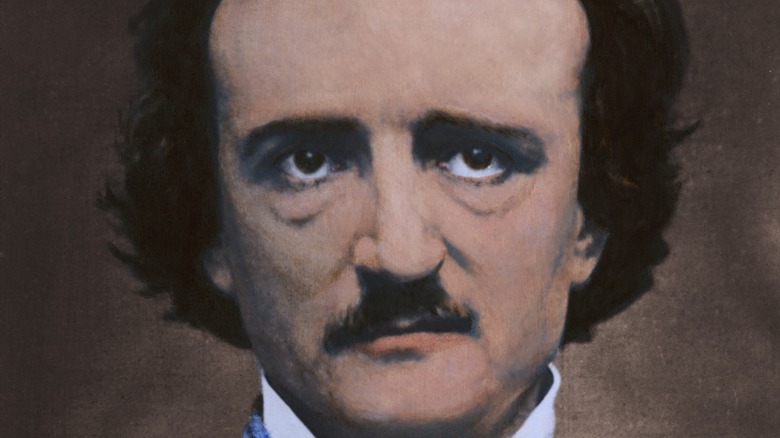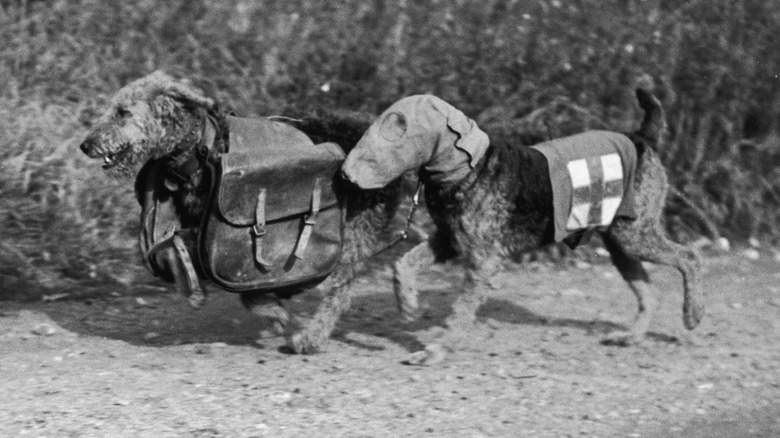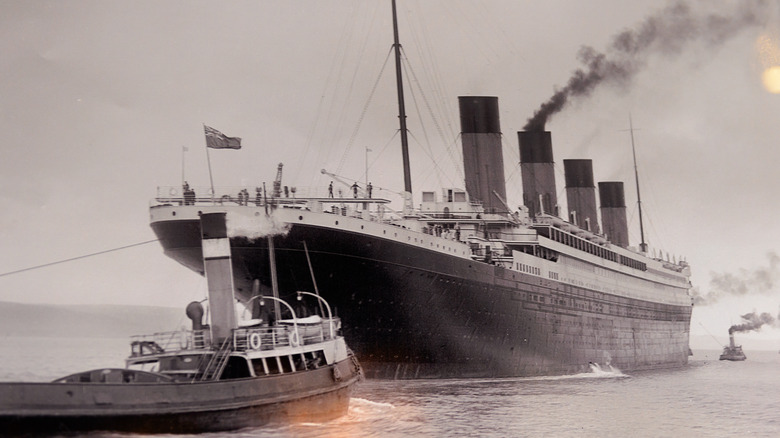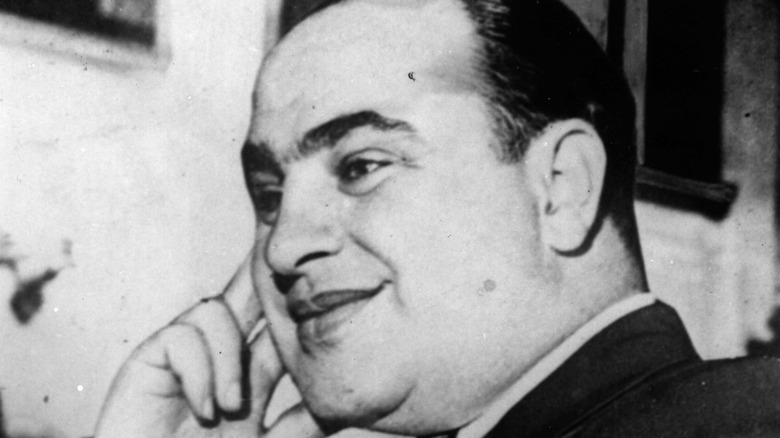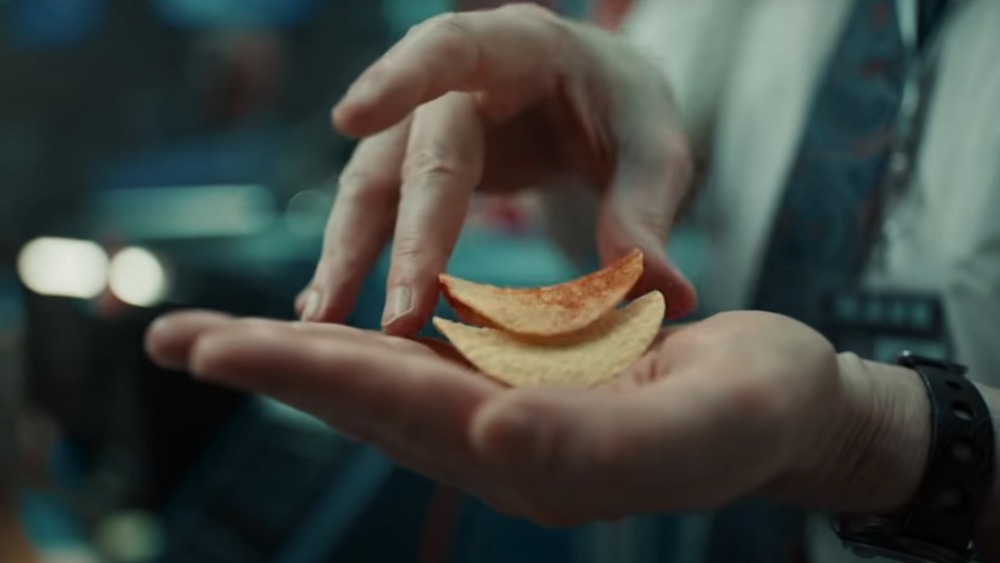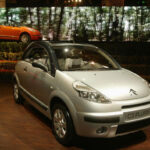
Famous Cars That Were a Complete Disaster
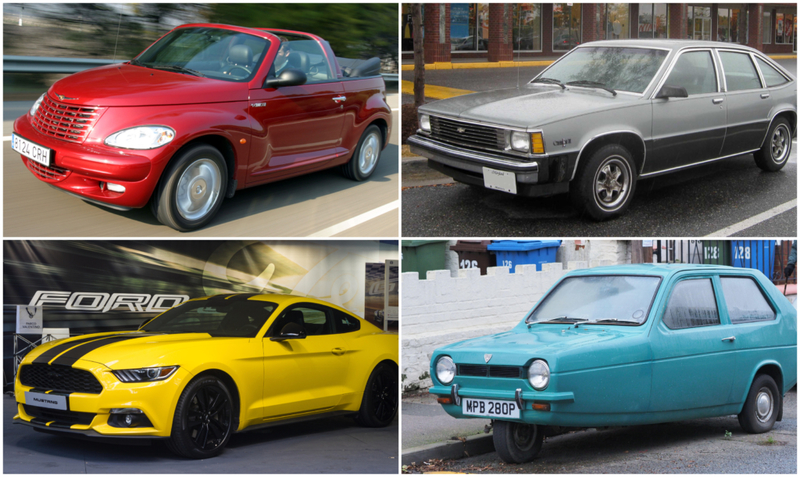
Let us put aside the incredible invention of the car and the many subsequent improvements and advances that have been developed since. Throughout history, you will also find a collection of some pretty hilarious badly done cars and a “who’s who” of incredibly bad design ideas, that today, are nothing but shameful history stories behind some of the most famous car companies in existence. Sit back, put on your seatbelt, and prepare to drive through 30 cars that should probably have never been made!
1976 Chevy Chevette
Introduced in a full-color nationwide campaign in 140-50 of the country’s largest daily papers, the posters show the Chevy Chevette as a cute little car that’s very enjoyable to drive. While the American car did sport a great look, it had only 51 horsepower, which meant that it was probably better for looking at than actually driving, and was as slow as a fast snail. It was also extremely loud. The New York Times could only say the Chevette was “haphazardly made, sparsely trimmed and underpowered.”
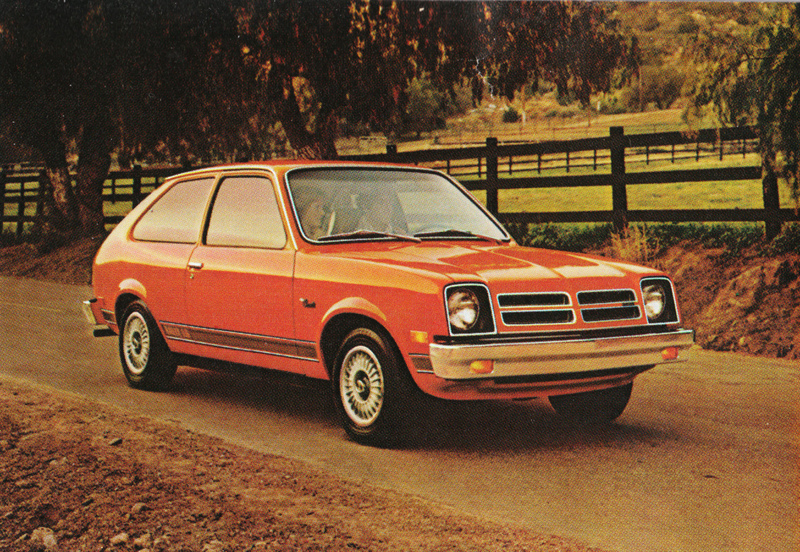
The Chevette ultimately reached 2,793,353 sales for its entire production across the 12 model years 1976-1988 it had run for, meaning that it wasn’t such a disappointment sales-wise. It was definitely one of the cheaper cars on the market, but that also showed in the poor interior quality – with only 1 small speaker as the standard.
1974 Mustang II
The Mustang is widely considered to be the epitome of American muscle when it comes to cars. Its supersized, overpowered engine and a great budget price just scream “This is Amur’ca!” all over the place. Introduced on April 17, 1964, the Mustang was Ford’s most successful launch since the Model A. Cue the Mustang II.
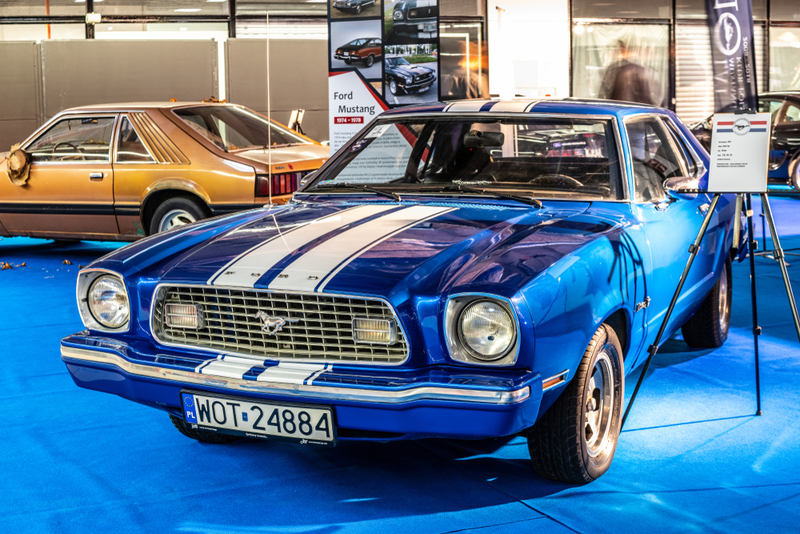
However, the Mustang II was unfortunately launched during an era of high gas prices and fuel shortages. Gone were the days of high-powered driving. This was in order to give way to creating a car that had fuel efficiency in mind. In addition to a huge loss of power, the car’s gas tank was put in the back of the car for some reason, which would cause it to explode when rear-ended with enough force. When you consider that there are over a million rear-end collisions annually, this may have been a bit of a problem.
Cadillac ATS
This American beast was the laughing stock of many reviewers when compared to the Audi A5 and the BMW 4 series, as alluded by Consumer Reports. It seems that German cars have won this round in 2019 for the best luxury sedan. The car is definitely fun to drive, thanks to its great-handling and steering, but the four-cylinder turbo engine ends up being a noisy and fuel-consuming mess when compared to the competition.
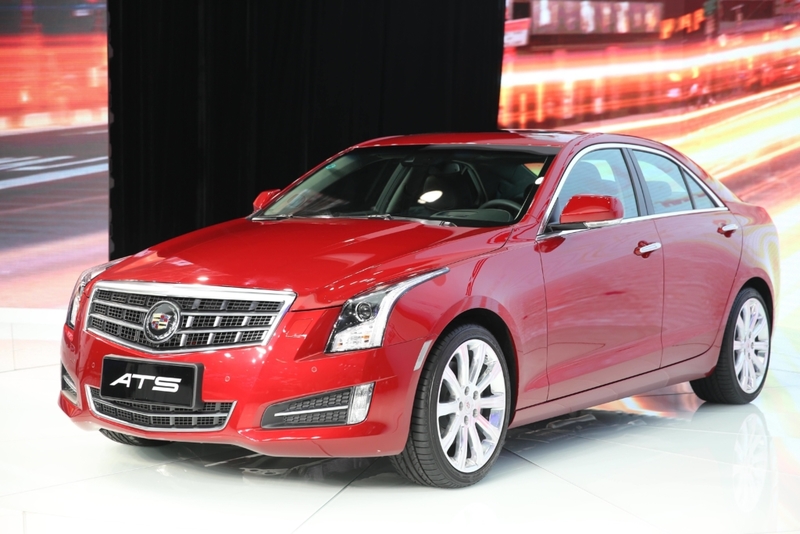
While many people choose the Cadillac ATS over German competitors because of its bulky angular shape, it does end up lacking in what really matters which happens only when you’re in the actual car. The ATS isn’t faster or more efficient than the equivalent BMW, Audi and Mercedes models. It does compete on the lower-end though, so if looks and American make are what tips your scale in its favor, this might just be the car for you.
2003 Saturn Ion
The Saturn Ion is the closest thing to a life-sized toy car you could ever own. The idea was, “Let’s make a car out of plastic and see what happens”. Indeed, everything was made of plastic. The insides were plastic, the coating was plastic, even the doors were mostly plastic. The car was a massive failure, with the only perk of it being that it would never get rusty.
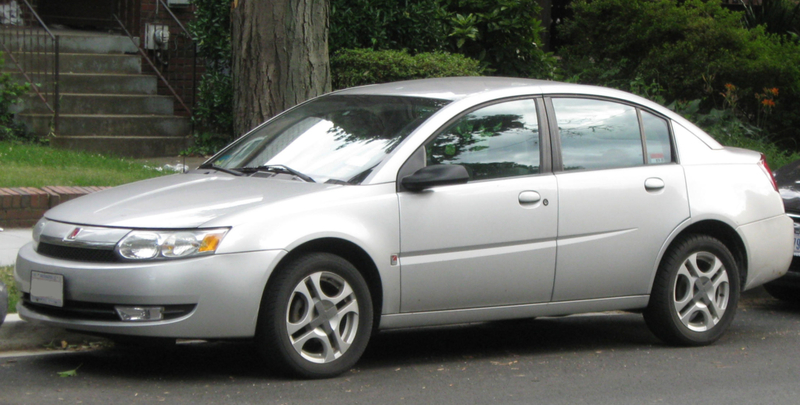
Eventually, the company learned from its mistakes and managed to come up with different models that performed much better in the car market. Despite the successful change of direction, the casket was already made for the Saturn brand, and it was shut down by its parent company, General Motors, just a short time later. Regardless of how badly the Saturn Ion was received, there are car enthusiasts all over the country that are still crying out for a respectable, plastic-based alternative to regular metal cars. Oh, the nostalgia.
1911 Overland OctoAuto
Imagine it’s 1911, you’re walking the streets of Columbus, Indiana with your horse when suddenly, you see a massive 8-wheeled car driving next to you. The 20-foot-long Overland OctoAuto was one of those cars that had to be made just so you’d know what not to make in the future.
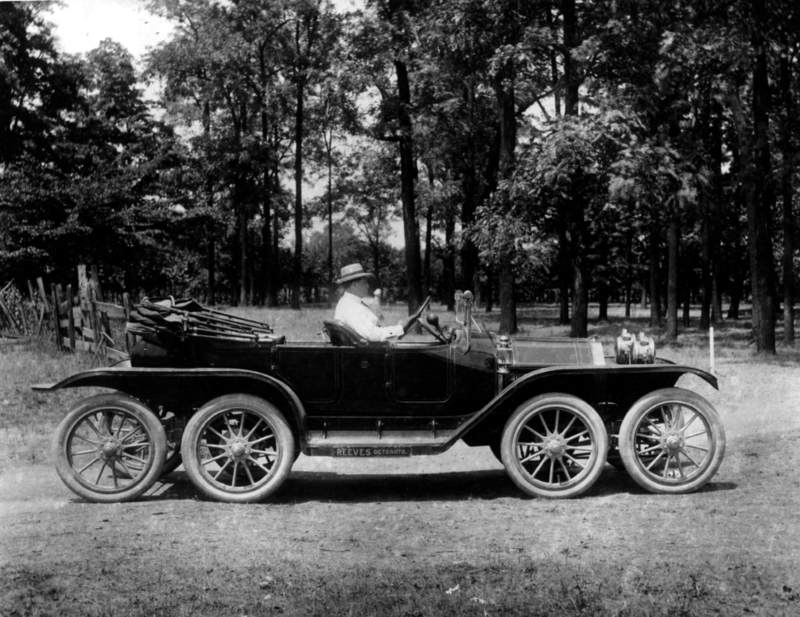
The picture above was the work of designer Milton Reeves showing off his creation to dazzle potential buyers of this Frankenstein vehicle. He received exactly zero orders, and the saga of 8-wheeled private vehicles quickly ended.
1973 Lincoln Continental Mark IV
The 1970s were filled with some very peculiar mechanical decisions by car makers around the world, and the 1973 Lincoln Continental Mark IV was just one of these choices. It might be a very pretty car to look at, especially when you imagine yourself in an Elvis costume, listening to rock while cruising the freeway. Unfortunately, not everything about this car reflects the glory of the ’70s.

The Continental Mark IV was mostly a very sluggish, boring, and lackluster car in terms of performance. It might have looked good in a movie poster or parked outside your noir-style Malibu home, but anything involving driving it would inevitably disappoint you. This car was definitely more show than actual performance, which is why we’re happy to leave it behind us, only to see it here in there in old-school retro car exhibitions and 8th hand editions on eBay.
1971 Chrysler Imperial LeBaron
With a length that would make a boat feel uncomfortable, the 1971 Chrysler Imperial LeBaron was one of the longest cars ever made. At 224 in. long, and over 5600 lbs. of pure American steel, the Imperial LeBaron made even a Hummer H2 look conservative when you see how massive this car was. Unfortunately for Chrysler, if you disregard the impressive length of the car, you realize that that’s just about all it had going for it.
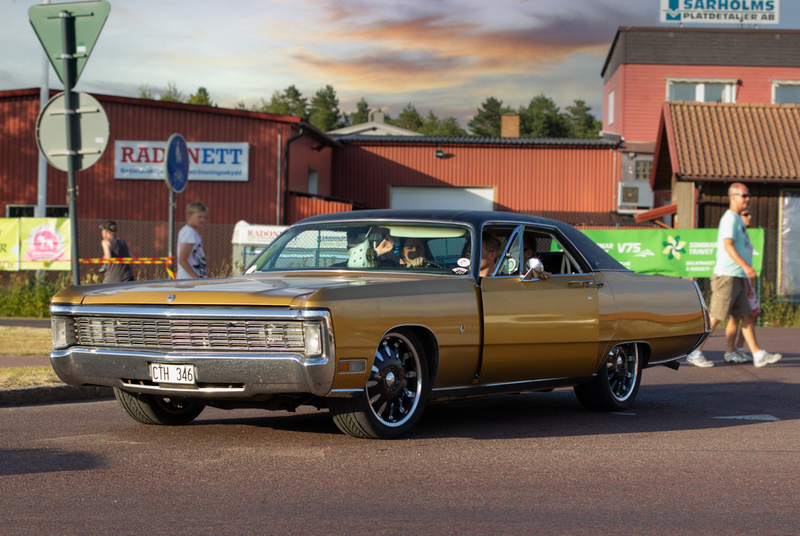
The inside of the car was a lot less spacious than you’d expect for such a long car, and it pretty much just looked like a really long box. The Imperial LeBaron hurt the sales for Imperials for years to come, until the name was finally scrapped in 1983.
Kia Cadenza
While we appreciate the challenge of trying to repeatedly say “Kia Cadenza” really fast, this car doesn’t have too much in common with an actual musical cadenza. Rated at an average of 7.5 out of 10 by Edmunds and rated as one of the “Least Reliable” of 2019 by Consumer Reports, the Kia Cadenza is just another entry in the fairly unpopular large sedans category. Its V6 is lacking in power and the ride suffers from boring handling that takes away the fun and excitement of driving.
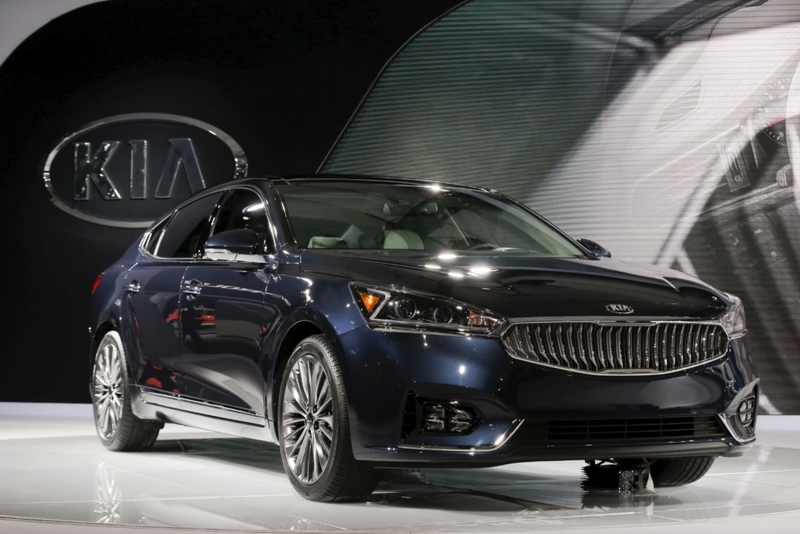
It’s sad that finding a great affordable large sedan is very difficult nowadays. But that does mean that there’s not too much competition for this one, despite its less-than-stellar qualities. You can get yourself a Cadenza for the starting price of $33,000 up to a fully loaded model at around $44,000, but perhaps you’d be better off saving for a year or two in order to get the Mercedes Benz which kicks this one into the dirt by far.
Honda Odyssey
Sometimes car reviewers are split about the quality of a car. Odyssey testers divided into two categories, some suggesting that you should absolutely buy it, and others warning to avoid it completely. The 2019 Honda Odyssey is a curious case of a split judgment. Highly regarded for its modern family safety and tech features, with a V6 that’s powerful enough to make any father happy when he wants to kick the pedal by himself.
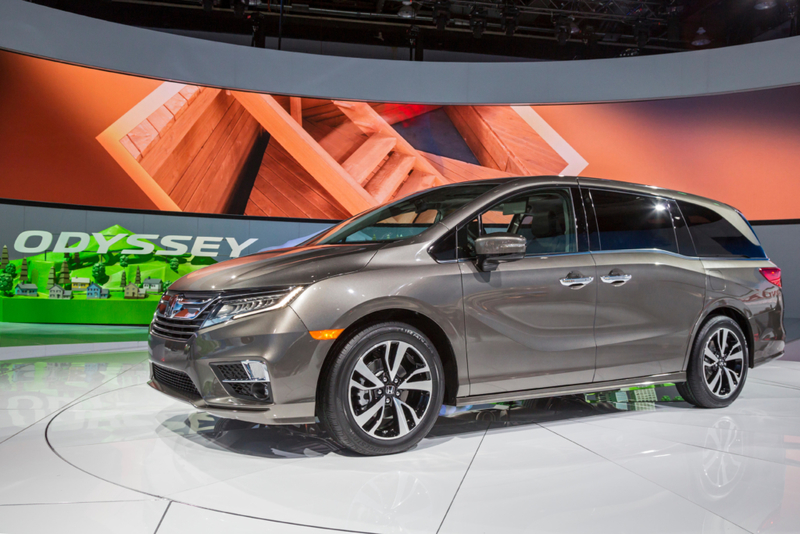
Edmunds rated the car 8.1 out of 10, while Consumer Reports lumped it in the same category of “Worst Overall” with the previous 3 SUVs. We recommend giving the Odyssey a test drive in your nearest dealership before making a decision for your family car.
Volkswagen Atlas
Usually known for their high quality and reliability, it was a surprise for sure when we found the 2019 Volkswagen Atlas hiding in the corner with a shame-filled expression and a “Least Reliable” badge attached to it. However, it was quite well-received by Edmunds, which said they’re “quite pleased” with the 2019 Atlas. When compared to the Honda Pilot and the Mazda CX-9, Edmunds chose to name it as their Best Midsize SUVs for this year.
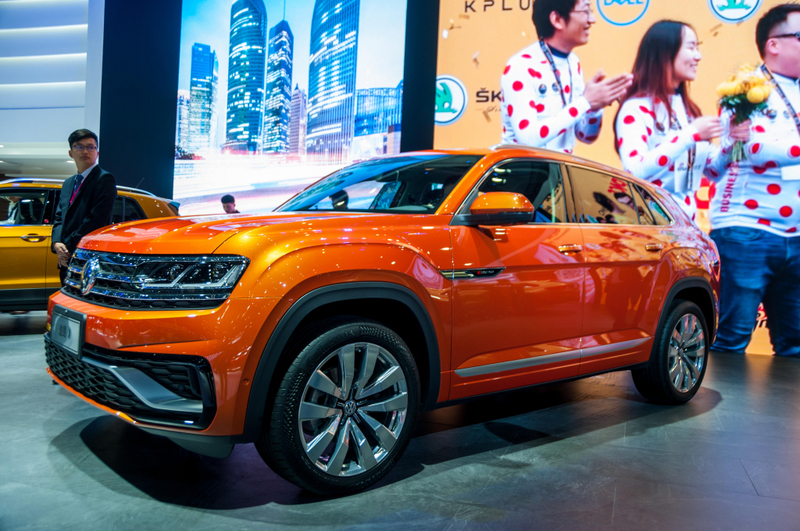
However, Consumer Reports didn’t share the same sentiment. The publication said “Though the V6 engine and smooth eight-speed automatic make the Atlas feel lively during everyday driving, its acceleration trails competitors’ and its 20 mpg overall fuel economy is not outstanding,” You can find the Volkswagen Atlas at prices ranging from $30,000 to the SEL premium 4Motion model at $48,000. All in all, you might rather check out the Kia Telluride before running to the Volkswagen dealership.
1958 Edsel Corsair
In 1958, Ford launched the Edsel Corsair (which was named after Henry Ford’s son). The car was highly publicized, and Ford allegedly spent a calumniated $400 million on the engineering and marketing of the car. Despite containing new features such as self-adjusting brakes and automatic lubrication, which would be adopted across the automotive industry – the car was just too ahead of its time (and had a very, very ugly grill). Edmunds.com ranked the 1958 Edsel as the 7th worst car of all time.
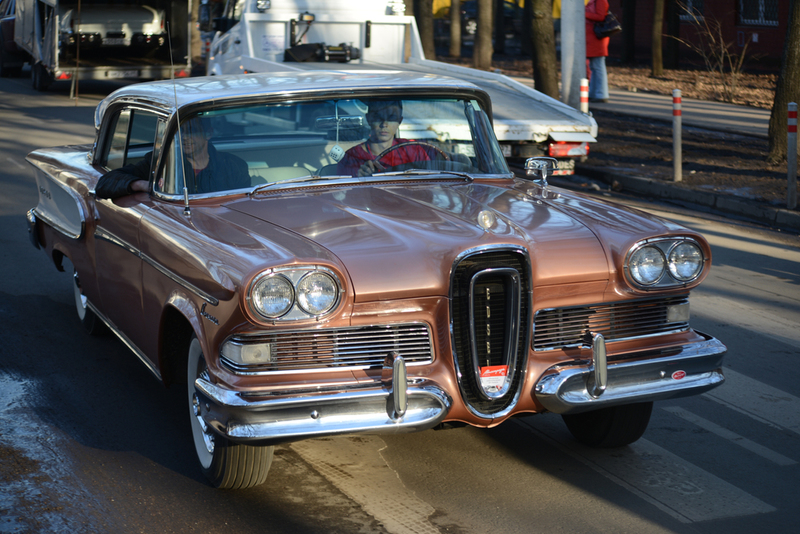
The Edsel had many features that were hated by the public, starting from its push-buttons on the wheel that would make you accidentally change gears when trying to change radio stations, and up to the outer grill which made it look like “a Mercury pushing a toilet seat”. Ford is estimated to have lost over $250 million on the Edsel, and the name is synonymous to this day with “a commercial failure”. The car was eventually discontinued around 2 years after its launch, and is a painful reminder to all Ford fans, that even the best companies can sometimes make hilariously bad mistakes.
2002 Citroen Pluriel
Originally marketed as a fun car for young people who love having their long hair swaying in the breeze while driving along the sunny beach road, The 2002 Citroen Pluriel was a great car that provided everything you’d ever dreamed of. That is, besides having to manually remove and assemble the roof on your own.
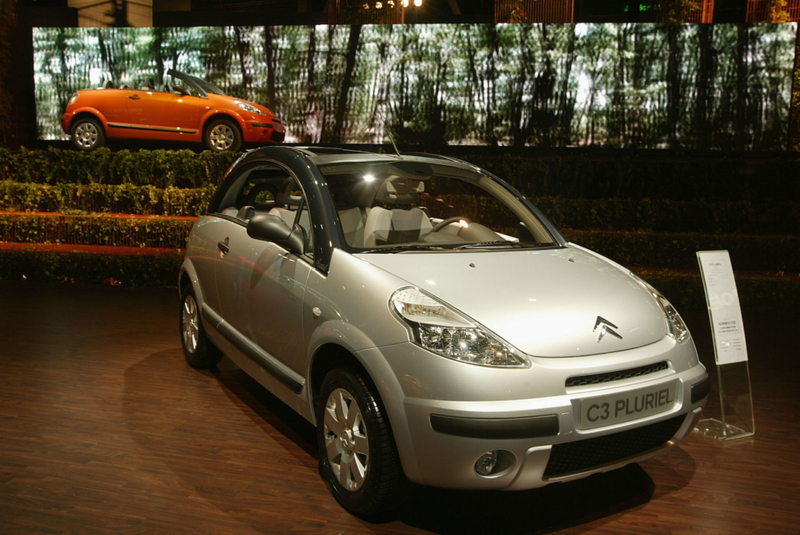
Later editions of the car seemed to fix this problem by making the roof opening and closing automatic. Putting aside the later editions, we can’t help imagining a young surfer stud who just bought the original 2002 version and spent 15 minutes taking the roof off to impress his date, only to ruin his chance at a second date when having to explain to her why they have to soak in the rain while he struggles to reassemble this rooftop.
1961 Amphicar
Some people like cars, other people like boats. “Why not grab both markets in one swing?” This is what car the makers of the 1961 Amphicar Model 770 were probably thinking when this idea first came to their minds. Due to the technical limitations of the ’60s and also because this is not James Bond in “The Spy Who Loved Me”, the Amphicar wasn’t a particularly good car, but also not a very good boat.
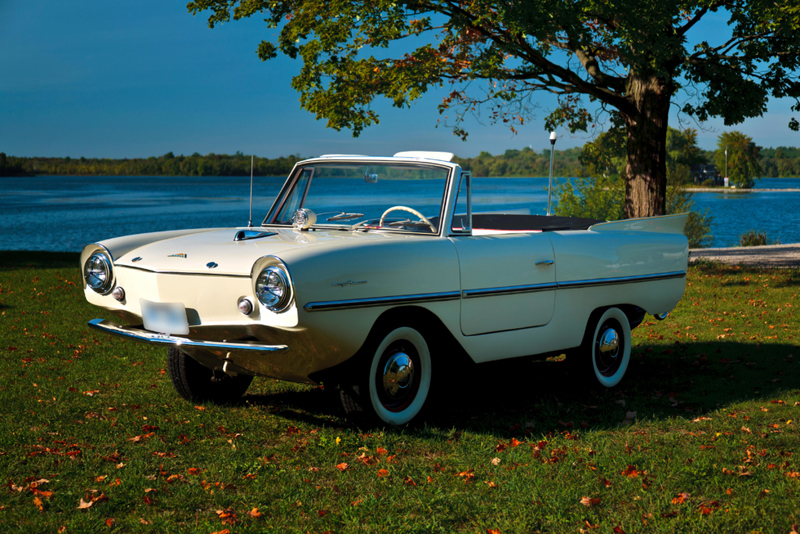
One of the problems with this car-boat hybrid was its lack of speed in the water. At best, the Amphicar could reach a top speed of around seven miles per hour, or the swimming speed of your average adult, depending on who you ask. Despite its lackluster performance, this car seems to indicate exactly what it’s going to give you from the start. One unlucky owner of the Amphicar summarized it perfectly, “It’s not a good car and it’s not a good boat, but we like to think of it as the fastest car on the water and fastest boat on the road.” Next, let’s have a look at some of the worst cars that 2019 had to offer.
Nissan Titan XD
Edmunds claims that Nissan’s Titan XD is worth a look if you’re into having a lot of features and a respectable towing capability, but advises consumers to check out the competition before making a decision, meaning that this car is like many of Nissan’s vehicles, and could be brushed aside without too much consideration since it’s just… average.
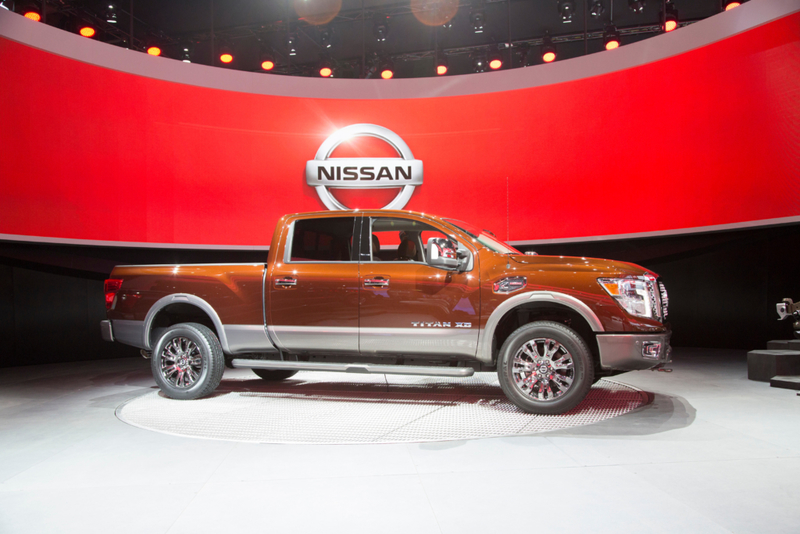
Car and Drive were also not the biggest fans of Nissan’s attempt to get into the pickup category, giving it a 2.5 out of 5. They criticized the vehicle for having unrefined Cummins diesel, clumsy six-speed automatic and lowly tow ratings.
Jaguar XE
Yup, Consumer Reports have been extremely generous with their “Worst Overall” list, and as it appears, not even the Jag could escape Consumer Reports wrath this year. This luxury vehicle starts at an affordable price of $37,000 and goes all the way up to real-estate territory at $187,500 for the SV Project 8 build. Yikes!
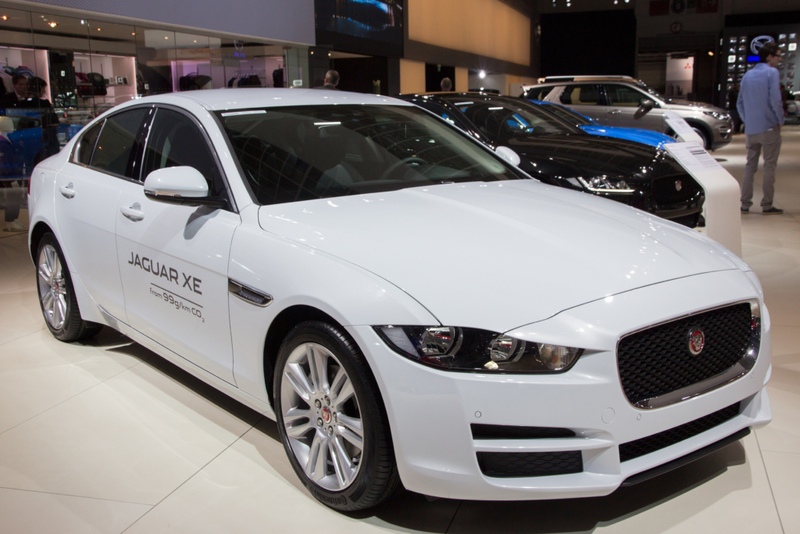
Praised for sharp handling and steering, and the expected comfortable ride quality, the Jaguar is another staple of the British car maker’s standards. Unfortunately, just because a car was made by a luxury brand doesn’t mean it’s the best quality. The Jaguar XE simply falls flat in all other areas. With an abrupt and unreliable engine auto start-stop system, inferior quality of interiors relative to competitors and a cramped back-seat, the car was not without its faults for sure.
1958 Zundapp Janus
While Germans are mostly known today for producing some of the highest quality vehicles on the market, the ’50s were not a very good time to be a German car manufacturer. Just like the Trabant P50, the Zundapp Janus was another cool idea that ended up not translating very well in practice. With entryways in both its rear and front sides, the car was too uncomfortable and weird for most consumers.
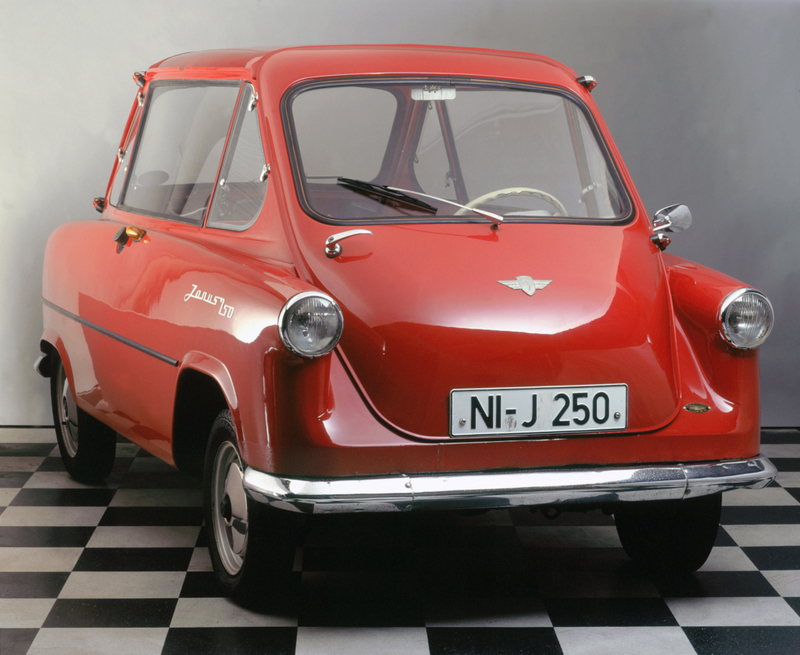
If the weird look and boxy setup wasn’t enough to push all customers away, the car also had a very measly top speed of just 50 miles per hour. Perhaps the German maker wanted to make sure that you’ll have as much time to look at a passing Janus as needed to decide that you want one too. The company spent some serious money to market the car, but ultimately failed in its efforts and the car was long forgotten. The Janus was briefly revived in 2011 when it was sported by Professor Zündapp, one of the antagonists in the animated Pixar feature film Cars 2.
2002 PT Cruiser Convertible
Widely considered one of the best worst cars of all time, the Chrysler PT Cruiser, otherwise known as the ‘PT Loser’, is a car for people that don’t care when you stare at them and ask “how can anyone drive this ugly hunk of metal?” Originally intended for younger crowds, due to its low price, the PT actually caught the attention of older crowds, who must have seen it as a great opportunity to show the world what a great personality they had.
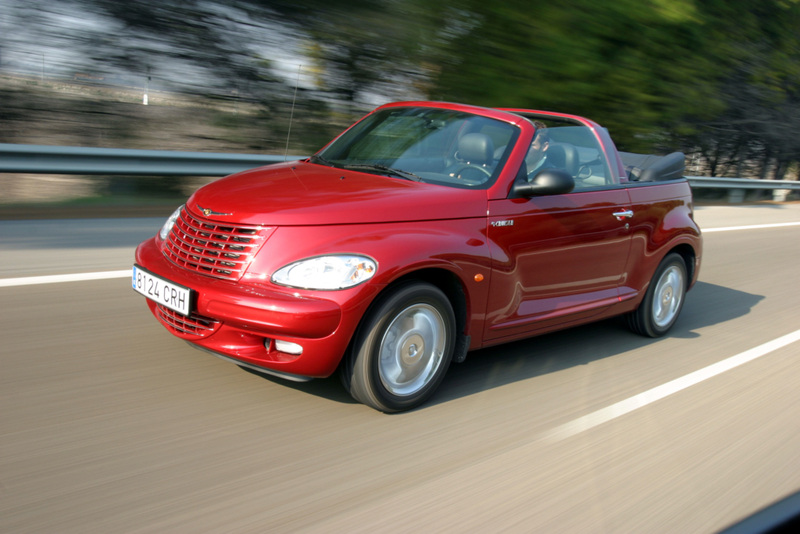
If you don’t mind being embarrassed every time you leave the house to drive somewhere, you’d find that the Cruiser actually had fairly good fuel consumption, of around 18-24 mpg. Just make sure to never go on a date driving one of those, unless it happens to be a date with one of those old folks we mentioned earlier, they’d actually appreciate the vintage look, we suppose.
1957 Trabant P50
Built in East Germany not long after the Second World War during a time of severe food and material shortages, this German car is definitely not what most people mean when they refer to “Quality German Made Cars”. It was built out of duroplast – a cheap plastic that wasn’t durable or efficient. It had no RPM gauge, no indicator for headlights or turn signals, no fuel gauge, no rear seat belts, no external fuel door, and was jokingly referred to as “a spark plug with a roof”.
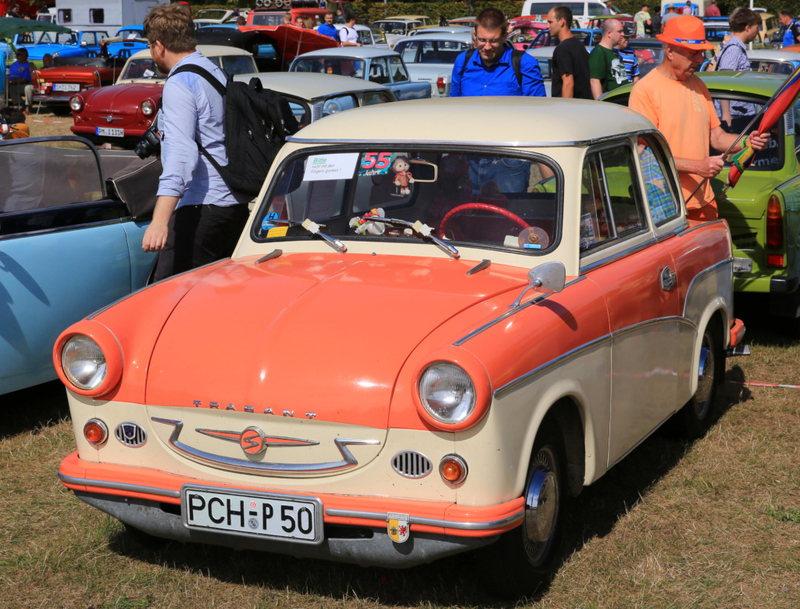
In addition to looking like something out of the Mr. Bean show, apparently, the Trabant P50 was so poorly built, that the side doors would literally start coming apart at highway speeds (which would never happen, since it only had a measly 18 horsepower to boot). It took the Trabant 21 seconds to accelerate from 0 to its top speed of roughly 100 kilometers per hour, all the while producing a lot of smoke and air pollution (9 times more than the average car). We won’t bore you with more of these gruesome (albeit hilarious) details, but it’s fair to say that this car should never have ever been made.
2002 Lexus SC 430
While Lexus is usually known for making top-quality cars, we had to put this car on our list, and we’re not happy about it. The SC 430 was featured in the top car DVD, as The Worst Car in the History of the World, in which Top Gear presenters Jeremy Clarkson and James May both agreed that the Lexus SC 430 was indeed the ‘worst car in the history of the world’. The car is considered to be half as strong as you’d expect it to be, and extremely heavy to boot. This is probably a car you should avoid buying unless you’re into antiques and have extravagant amounts of money burning a hole in your pocket.
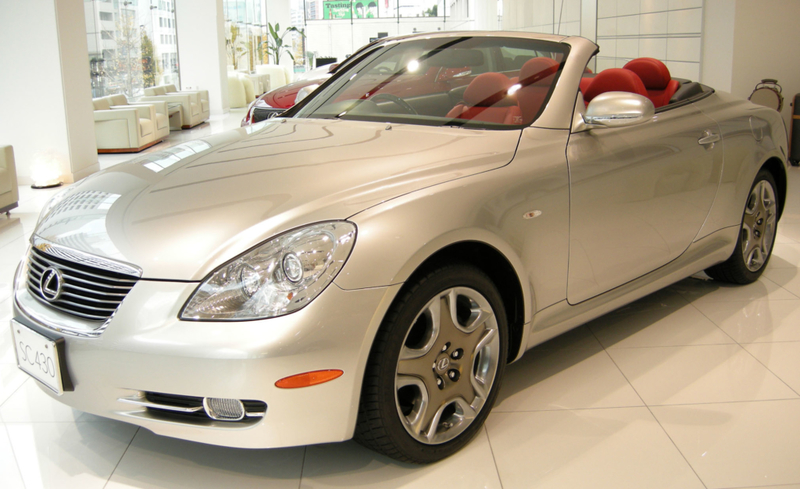
The only reason someone might consider buying the Lexus SC 430 doesn’t actually have anything to do with its looks or performance. This car just so happens to be the last produced car that still has a cassette player built into the dashboard. See? We told you it belongs in an antique dealership!
1973 Reliant Robin
Robin was a small three-wheeled car produced by the Reliant Motor Company in Tamworth, England. Though it might save you a bit of money when changing tires, the main downside of it was having only one tire in the front. This made the Reliant Robin, ironically, a very unreliable car. In actuality, it made it very likely that you’d get tossed around the inside of the car whenever making any sharp turn above 20 miles per hour.
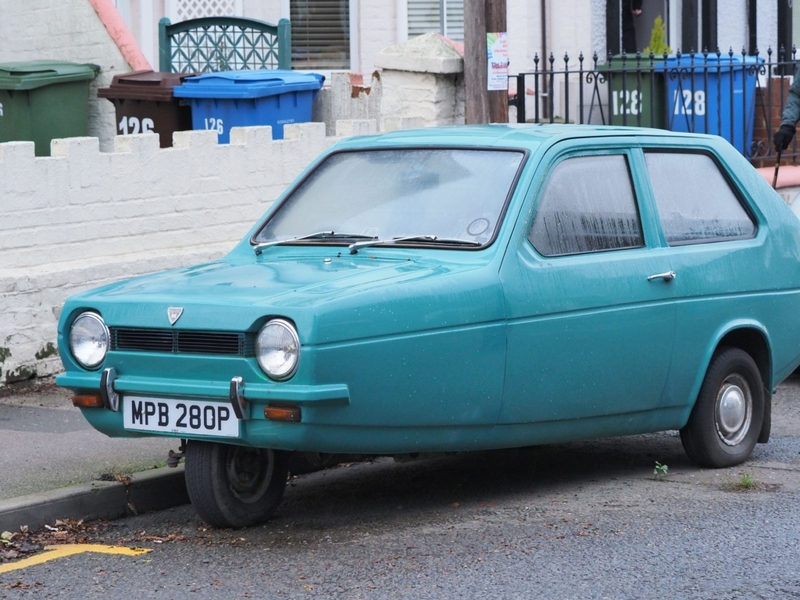
The car starred in the famous car show “Top Gear” where Jeremy Clarkson appeared to flip it every time he turned the car. Even though it was later revealed that the car was doctored for the purpose of increased rolling. Clarkson later summarized the car perfectly when he said: “Owning a Reliant Robin is like having a family pet. Yes, it’s a nuisance sometimes, and, yes, it can be stubborn and unreliable, but it scampers when you go out together, and if you play with its differential, it will even roll over so you can tickle its tummy.”
Chevrolet Silverado 2500HD
The truck featured is the 2020 rendition of the Silverado. This pickup truck got criticized by Consumer Reports for having poor braking at 157 feet stopping distance. The consumer-focused publication also placed the Chevrolet Silverado 2500HD in its “least reliable” category, indicating its problem areas as its fuel/emissions system, system drive, and steering/suspension.
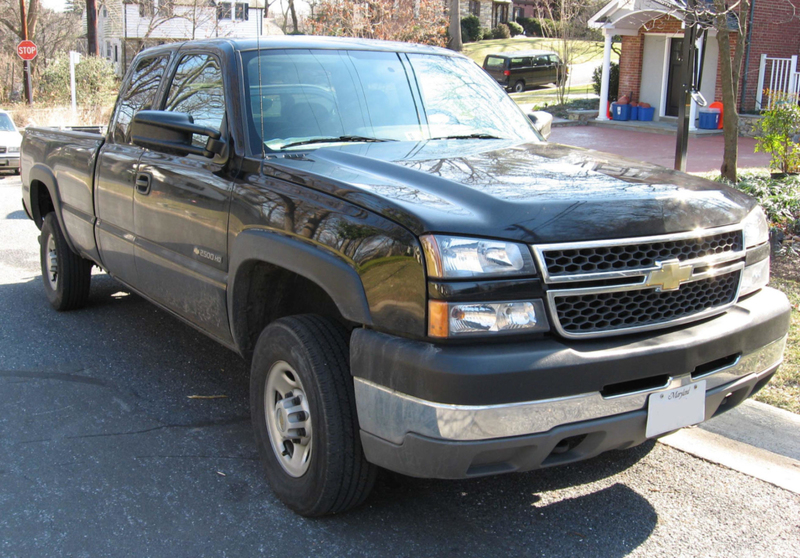
“The 6.0-liter V8 and 6.6-liter turbo-diesel engine are both mated to a six-speed automatic,” Consumer Reports writes. “If you don’t plan to go off-road, the Z71 suspension is superfluous — it severely degrades ride comfort.” If you’re looking for comfort, you might need to check elsewhere!
1949 Crosley Hotshot
Transitioning from longest to shortest cars, the 1949 Crosley Hotshot, was one of the shortest cars ever made. At just 145 inches long, this post-war vehicle was the best that this American company could offer. Introduced for $849 and weighing just 1,095 lb, Crosley was alleged to be the first car maker to reintroduce a non-Chevrolet American sports car to the post-war market.
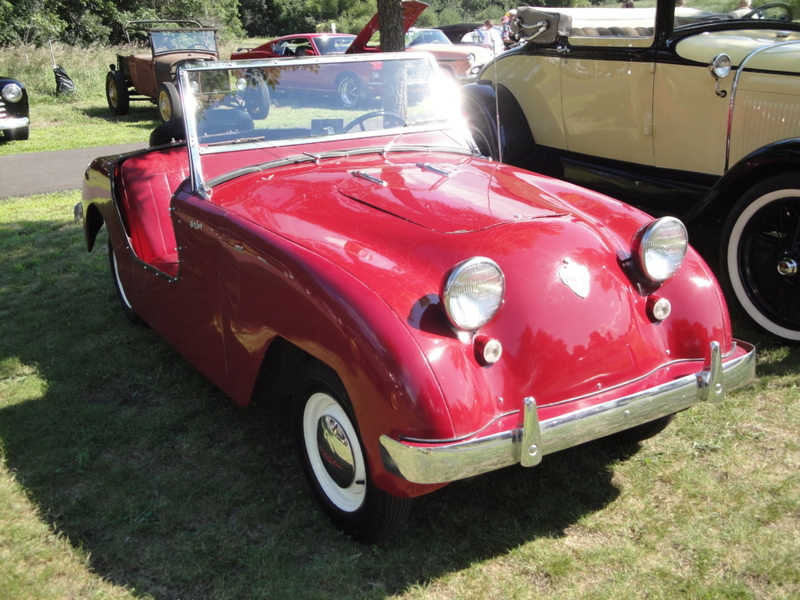
Everything about this car yells “cute!”, from the eye-shaped headlights to the smiley-looking fender. The Hotshot began production in 1949 and was soon finished in 1952, which would probably ruin the smile on that fender if it was around to know.
Nissan Sentra
Consumer Reports didn’t like the Sentra at all, with the car stuck in their “Least Satisfying” list, it was judged for many faults. The magazine adds that it’s “underwhelming to drive and feels cheap.” Edmunds also noted a similar sentiment, saying that the car isn’t very memorable or stylish and unfortunately, just isn’t fun to drive.
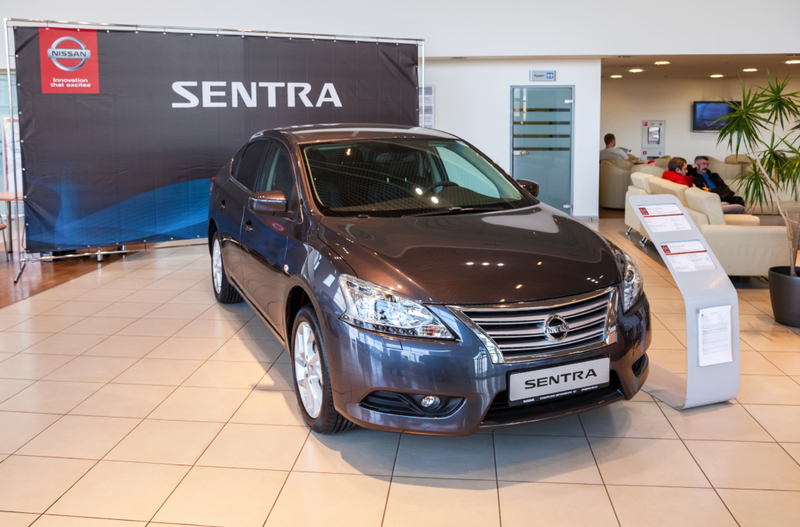
The Nissan Sentra also has one of the worst acceleration times in its category and lacks the latest tech in infotainment and safety features. There’s always a silver lining to almost every car, but when the driving experience itself is bland and boring, there’s really no way to make up for it, no matter how much you want it to work.
Ford Mustang GT Premium
The Ford Mustang is one of the most iconic and legendary cars that truly symbolize America for its appetite larger than life performance at a budget price. This $26,000 beauty goes up to $45,000 in the best models and will take you from 0-60 in about 4.5 seconds. If you don’t mind the plastic interior, mediocre technology and horrible back seat experience, this car is the closest thing you can find to a monster performer that gives you a true V8 muscle-car experience.
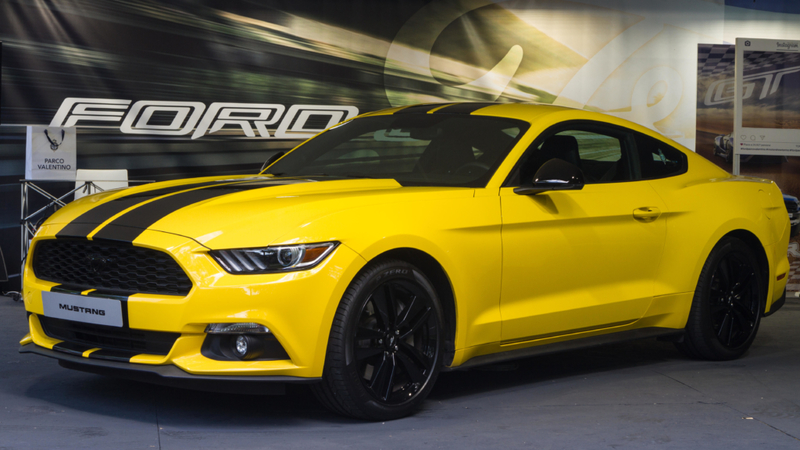
The car pictured above is the new 2020 Ford Mustang Shelby GT 500, an even more vicious version of an already powerful car. The only major drawback to the car is the fact that it drinks fuel faster than a dehydrated man who finds water in the middle of the desert. If you’re looking for the most well-rounded muscle car on the market and don’t mind paying extra for gas, the Mustang is definitely one way to go.
Toyota Tacoma
This midsized truck is considered a staple of the pickup truck category for its rugged off-road driving, with an easy to manage interior controls and a top-level V6 that doesn’t disappoint. Unfortunately, the car suffers from being quite uncomfortable and lacking in the interior tech department. In spite of its flaws, Edmunds praised this quintessential pickup truck and rated it as their Best Off-Road Truck for 2019.
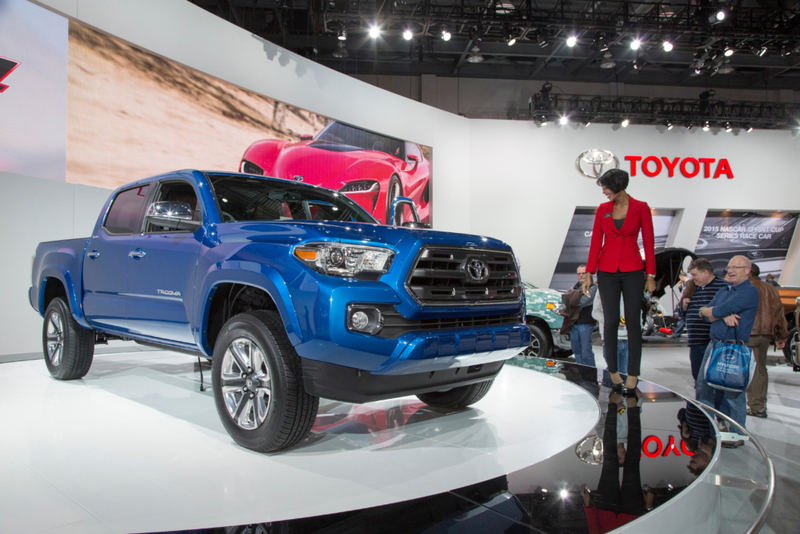
The harshest review for the Toyota Tacoma came from MotorTrend. The car magazine didn’t like the Tacoma one bit, giving it a measly 1.5 out of 5 and saying “The Toyota Tacoma isn’t offered with a diesel, like rivals Chevrolet Colorado and GMC Canyon, meaning it won’t be as fuel-efficient nor will it offer as much torque for hauling and towing.” If your goal is to mostly drive off pavements, go for the Honda Tacoma. Otherwise, it seems skipping this one would be your best option.
Mitsubishi Mirage Hatchback
The Mitsubishi Mirage Hatchback doesn’t just give the mirage of being cheap, it actually is. Despite having a very good fuel economy and being one of the cheapest cars you can get when on sale, the Mirage has been criticized for having very slow acceleration speeds, a rough and noisy engine, excessive road noise at highway speeds, and a low-buck interior.
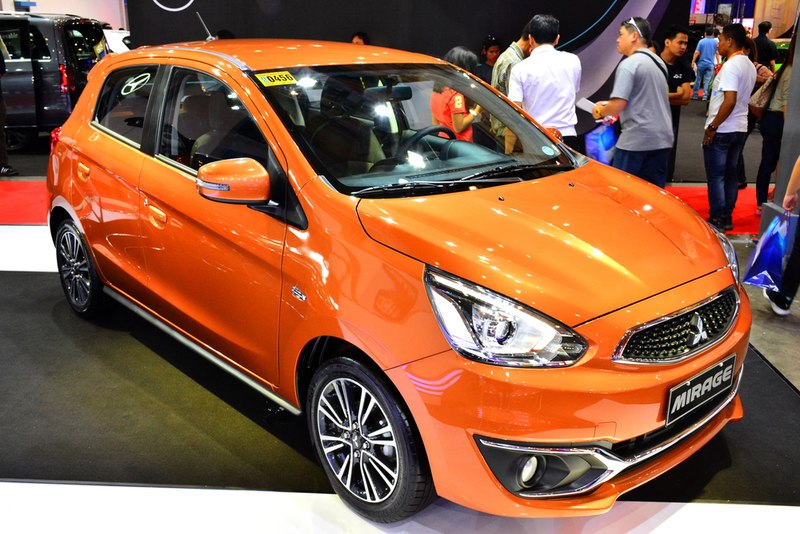
All the above ultimately landed the Hatchback on our list of less than worthy cars of this year. Kelley Blue Book’s expert review gave the car just a 3 out of 5.
Nissan Armada
It seems that Nissan can’t catch a break with its big vehicles this year. Let’s get the first thing out of the way – this V8 Armada has one of the worst fuel economies you can find this year and was placed in the “worst fuel-efficient in mid-sized/large SUV” category with 14 MPG for city and 19 for the highway. While it does compete well against other SUVs in its class, the severe fuel consumption and lackluster infotainment systems put it slightly behind the Ford Expedition, Chevrolet Tahoe and related GMC Yukon. Unless you’re a die-hard Nissan fan, it might be a good idea to skip this behemoth of a vehicle.
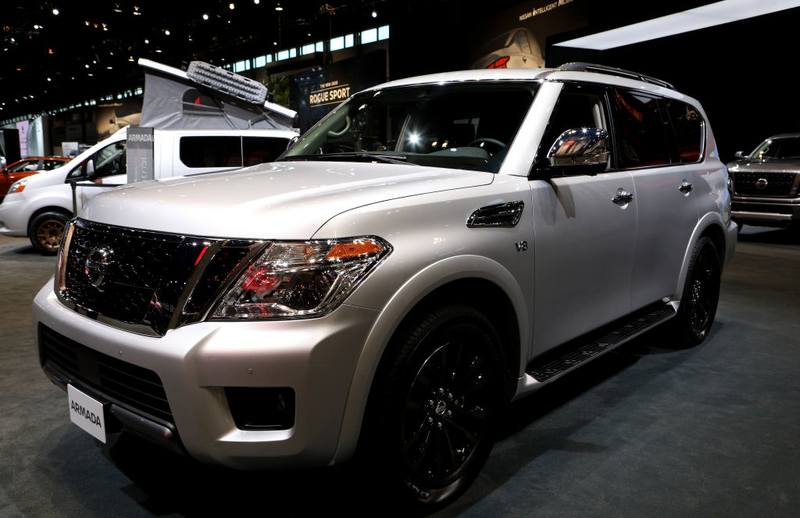
Car and Driver gave this one a 3.5 out of 5. “It’s still a big-bodied, fuel-thirsty family dreadnought,” writes Car and Driver. “But the three-row Armada has a serene, expensive interior and an upscale exterior that enable it to undermine high-rent rivals when it comes to price.”
Acura ILX
While being a comfortable car to drive and having reliable and easy handling, the Acura ILX is primarily based on a last-generation Honda Civic, which makes it a very underwhelming car. Edmunds was disappointed by the ILX, “Acura has not been able to cover up all the cheap, hollow-feeling plastics or compensate for the worse-than-average cabin noise levels. Acceleration from the ILX’s four-cylinder engine is also subpar.”
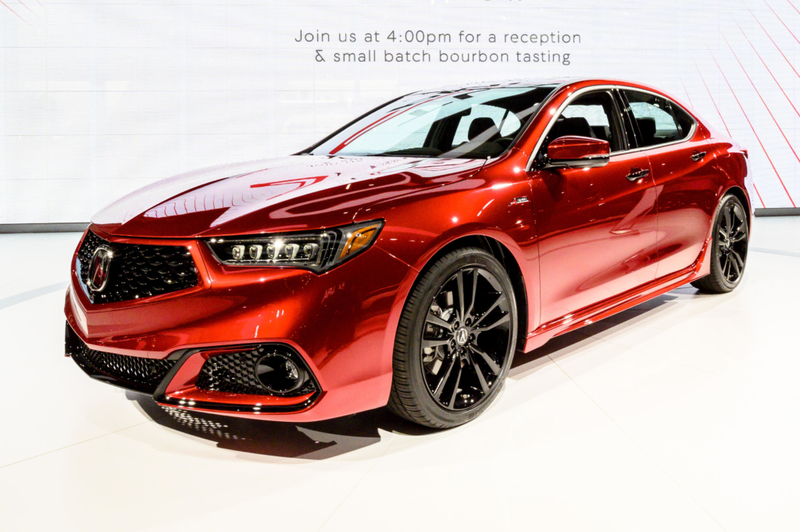
While the idea of a luxury sedan in a small car sounds good on paper, it doesn’t live up in its execution, reminding us of a small and messy apartment that was temporarily tidied by violently stuffing everything into the closets. It may give a good impression at first, but once you spend some time there, the chinks in the armor start to appear. Kelley Blue Book says that “if you want a small luxury sedan that’s big on safety and value, the 2019 ILX fits the bill.”
2001 Pontiac Aztek
This 4-door crossover was recently popularized by the meth-dealing Walter White, in AMC’s acclaimed show “Breaking Bad”. That, however, did not stop it from receiving mostly negative reviews all the way since the start of its life. The car officially launched in 2000 with the tagline ‘Quite possibly the most versatile vehicle on the planet’ as the prize for winning the original first season of the reality show “Survivor”. Despite its solid performance, the car was blasted for being quite possibly one of the ugliest cars in existence and was soon canceled and put out of production.
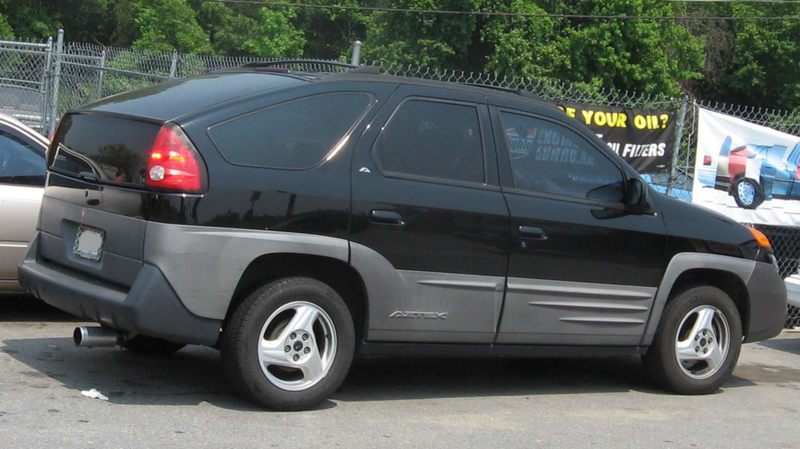
Just like the DMC Delorean, this car is either hated or loved, depending on who you ask. A quick Google search would show you two sides of the spectrum. One stating that ‘you should buy one today,’ and others that put it as one of the worst screw-ups in General Motor’s history. If you’re still wondering how to get your hands on the original Aztek driven by Brian Cranston’s character in Breaking Bad, don’t even try – the Aztek used during the show’s filming was wrecked and deemed ‘undrivable’, and sold at auction for $7,800.
Buick Enclave
When a car seems to stay the same year after year, some reviewers feel the need to start double-examining things and looking for negative things to point out about it. Of course, technology and expectations also move fast in this modern age, so ingeniously has become expected in an annual car’s model. The 2019 Buick Enclave is indeed one of those cars that didn’t move up too much with the times. It’s basically a copy of the 2018 model with some slight updates.
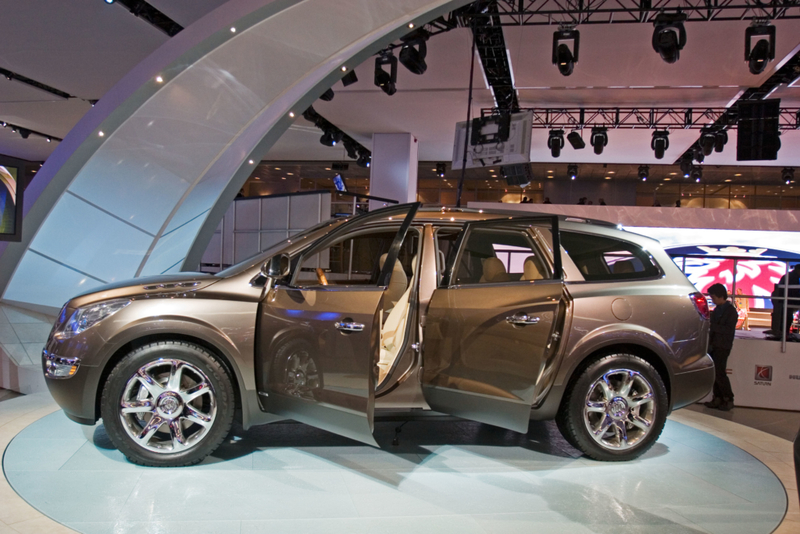
Consumer Reports decided to name this one as another victim of their “least reliable” category. Luckily for the Enclave, the 2018 model which it’s based on did have many benefits, from a quiet and comfortable interior that fits up to seven passengers, up to massive cargo space and some really cool tech features such as “keyless entry and push-button start, a hands-free liftgate, and excellent standard infotainment technology that includes Apple CarPlay and Android Auto capability.”
Chevrolet Suburban
The Chevrolet Suburban is a 6.2L goliath that can fit up to 9 passengers, hauls some massive cargo capacity, and packs a strong V8 engine to boot. This one costs between $50,000 up to the Premier $68,500 version. Despite its larger-than-life build, the car wasn’t favored by Edmunds and Forbes, who wrote about its “overall score of 54 and a reliability rating of -154”.
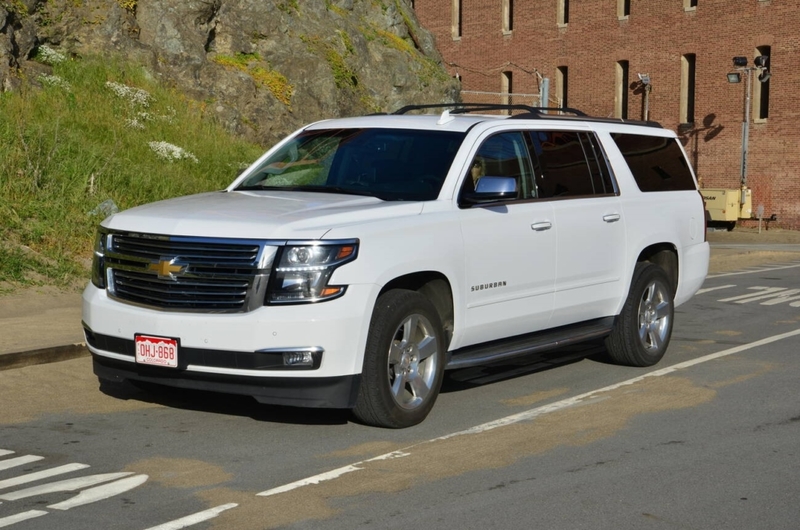
Edmunds gave the big suburban a 7.3 out of 10 and recommended checking out its main rival, the Ford Expedition, which has similar capabilities but favors a much fresher design and more comfortable ride quality. The Chevrolet Suburban was best described by Forbes as “sheer vehicular overkill.”
Cadillac Escalade
The Escalade is often featured in music videos and is considered a luxury large SUV. The vehicle costs around $85,000 and has a strong V8 engine that is “never at a loss for power”. Its benefits don’t seem to outweigh the cons though, from being less comfortable than other luxuries SUVs to its heavy sense of steering that just doesn’t work as smoothly as you’d expect at this price range.
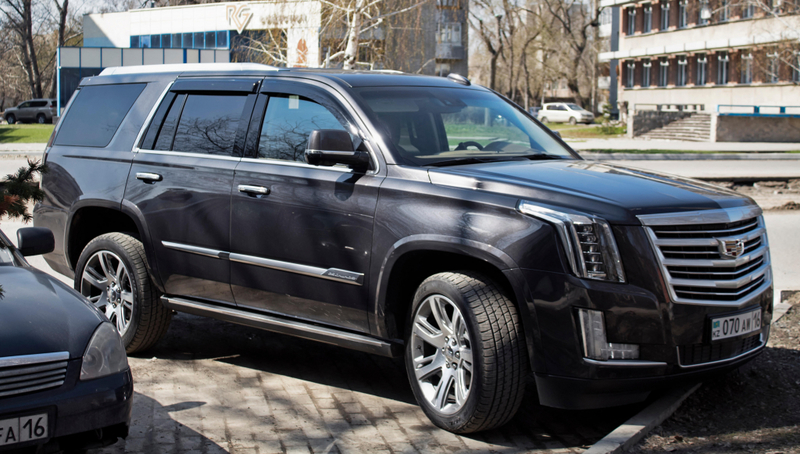
Consumer Reports also listed a few issues with this expensive SUV, including a faulty climate system, transmission issues, and less-than-stellar in-car electronics. “The Escalade falls down on the fundamentals as a luxury SUV; it rides too stiffly and can’t stop or handle with the grace of its peers,” the magazine said.
Honda Clarity
Electric vehicles have always been the cause of many arguments and conspiracies, and the Honda Clarity is no exception. Honda has reliably produced hybrids in the past few years, but this venture into fully electric didn’t go without a hiccup. With a comfortable cabin and solid driving range, you’d expect it to be very well received, but Edmunds chose to rate it as “acceptable” rather than anything stellar.
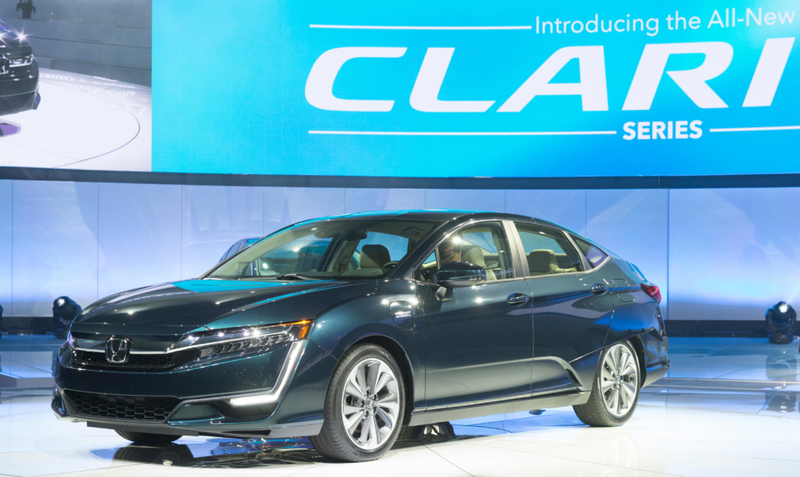
You’d be hard-pressed to find a brand new electric Clarity since these cars are in fairly limited supply, but with an acceleration that takes 8.4 seconds to cover 0-60 mph and average technological prowess inside the car, it might be better to consider any alternative to this $35,000 car.
1987 Yugo GV
The Yugo was a tiny hatchback imported from Yugoslavia, priced at roughly $8,000 (taking inflation into consideration). The car was a complete environmental disaster. In 1992, the EPA forced Yugo to recall the entire line of cars made because of their excessive pollution. The car was even voted one of Car Talk’s worst cars of the millennium. If you’re old enough, you may still remember the Yugo’s original advertising slogan, “Everybody needs a Yugo sometime”. To be honest, we really think that nobody needs a Yugo, perhaps to the extent of being better off simply taking the public bus.
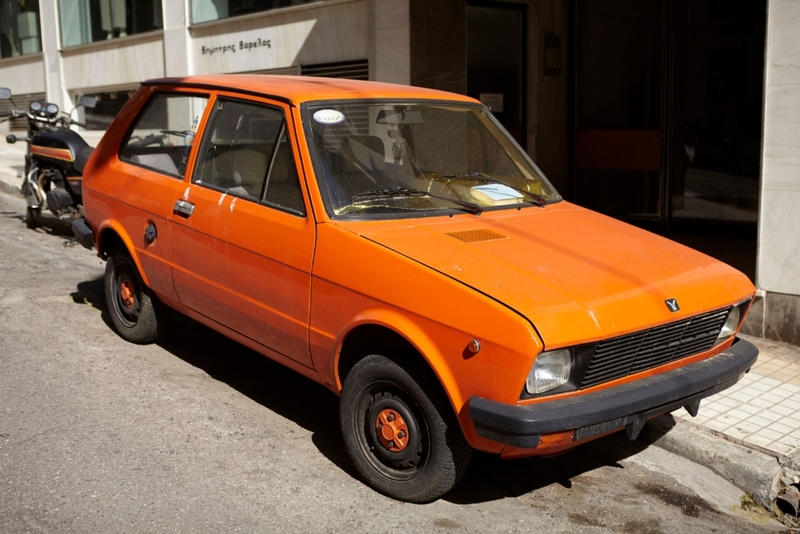
Even years after its demise, the Yugo is still very common in Eastern European countries such as Serbia, with over half a million cars that were originally built over a decade ago still in use. In the United States, the story is a bit different though, since it was very poorly received and did not survive the attempts to be imported.
Jeep Compass
This is the second “worst overall” Jeep on our list. The extra small SUV was mostly liked for its spacious seating and high-tech interface, with the obvious compliments that every Jeep vehicle gets of being an absolute beast off-road. Unfortunately, other aspects of this car aren’t nearly as capable: from the weak four-cylinder engine to a limited cargo space (both in the cabin and cargo), uncomfortable seats, and a sluggish transmission. The Compass got a 7.3 out of 10 from Edmunds but a 5 out of 10 from The Car Connection.
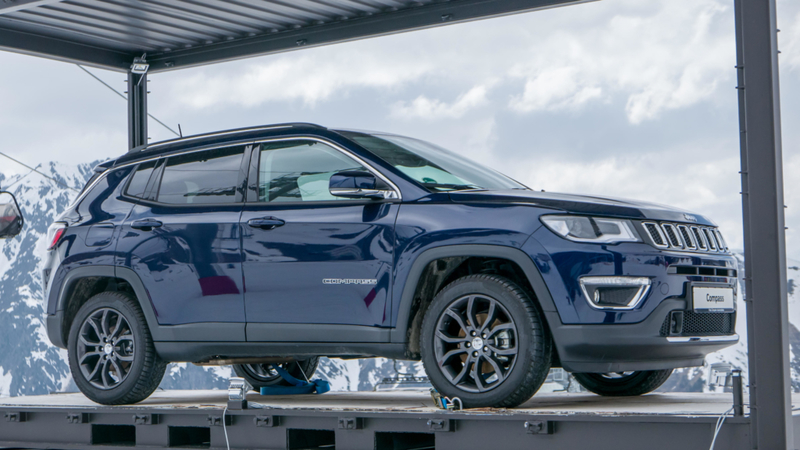
While it has the luxury brand name of the Jeep franchise, its pricing is very affordable and it is a great and cheaper alternative for the Jeep Wrangler. Its MPG is 23 for city driving and 32 for the highway. The Compass starts its pricing at $21,845 for the Sport and goes up to $29,195 for the Trailhawk.
Ford Fiesta
The Ford Fiesta was highly reviewed by Edmunds, who gave it an 8.2 and recommended anyone looking for a small hatchback to give it a try before Ford stops making these categories of cars completely. It’s a sporty car that handles well, with a great interior and awesome tech options. You can practically imagine yourself as a racing driver in this one, especially if you get the ST model, which is the real deal when it comes to performance. This one does a 0-60 in about 9.4 seconds and has a very intuitive steering and a grippy steering wheel.
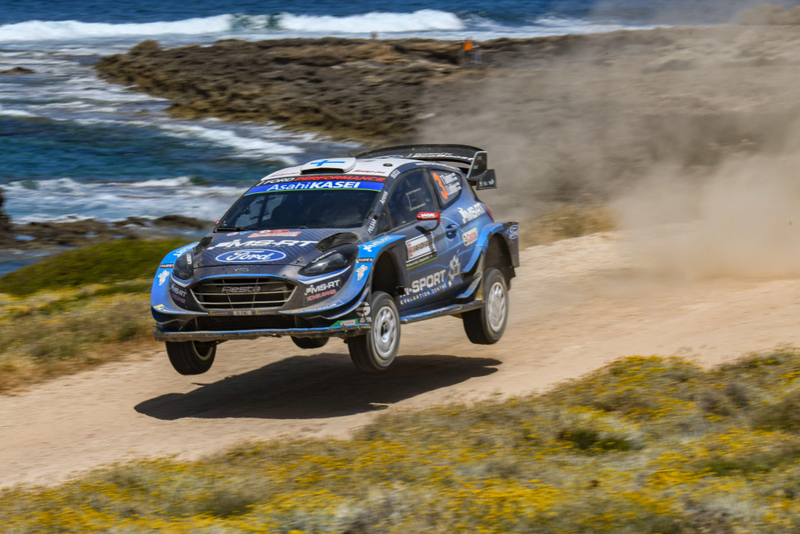
Not everyone is a fan of Ford’s small but impressive car though. Forbes wrote: “Consumer Reports thought the Fiesta sedan/hatchback felt substantial, with good fuel economy and ride and handling qualities,” wrote the publication. “But found the car to be overpriced, with very tight rear-seat room, and featured poorly designed controls.” Oh well, better luck next year.
1989 Eagle Premier
If you’re ever asked to show what the words “boring” or “bland” mean to you, the first thing that should come to your head is this picture of the 1989 Eagle Premier. No matter what angle you look at it from, this car is the epitome of “meh”. Boxy and assembled exterior look? Check. Simple and lackluster interiors? Check. But what about performance? The car drove about as well as it looked.
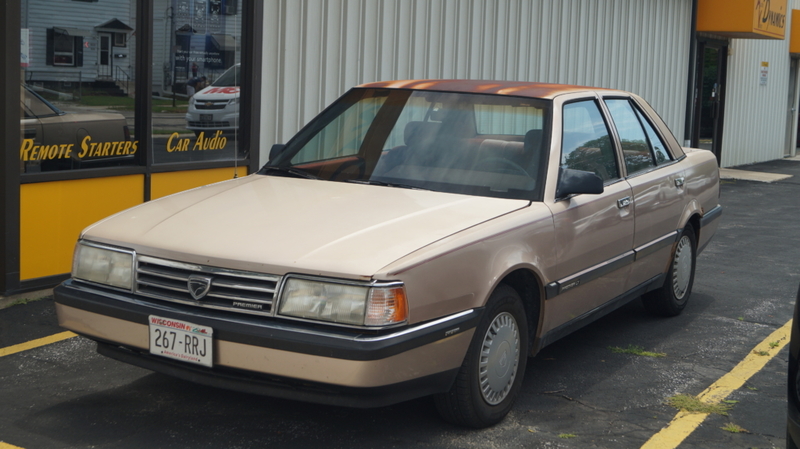
While never being marketed as the safest car to drive, the Eagle couldn’t really get you anywhere at speeds above the law. Add that to the fact that it’s the most average-looking car on earth, and as a result, the odds of getting in trouble with it are quite close to zero. A possible plus? The model was discontinued in 1991 after 5 years of production. The original projections were to have an annual production of 150,000 Premiers, however, the Premier did not achieve its sales targets, with the calendar year production for 1989 only reaching 32,720 examples.
Nissan Versa Note
Consumer Reports continues pointing its finger of doom at various cars and the Nissan Versa Note just wasn’t fast enough to avoid the wreck. The publication was very unhappy with the car and explained why they believe it belongs in the “Least Satisfying” category by its “awkward driving position, squishy front seats, and lack of interior storage.” Looks like Nissan really wasn’t going for anything great with this one.
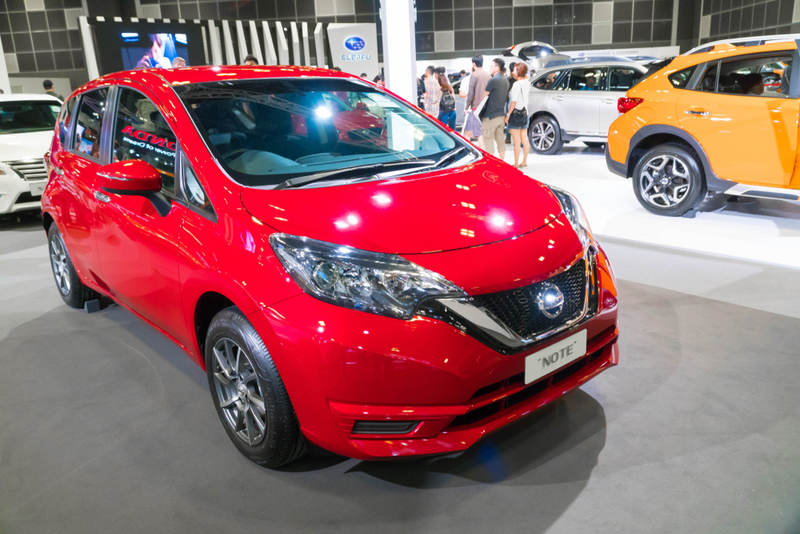
Kelley Blue Book’s experts warn you to avoid this 109 horsepower car if you’re looking for a fun driving experience on a budget. “Of the many virtues enjoyed by the 2019 Versa Note, driving fun isn’t among them,” they wrote. If you’re looking for more power in your budget car, you might be inclined to pass this one up in favor of a Honda Fit or Ford Fiesta.
Acura RLX
At a starting price of almost $55,000, you’d expect the Acura RLX to be a marvel of a car. Regrettably, besides having a comfortable, quiet, and spacious interior, plus some high-tech safety features, the Acura RLX really doesn’t stand on its own with its high price. The sedan suffers from an outdated infotainment system, outdated-looking design, subpar ride quality, and handling. The vehicle was also criticized for having a relatively unimpressive fuel efficiency for a hybrid, which combined with its high entry price makes it less than a frugal option.
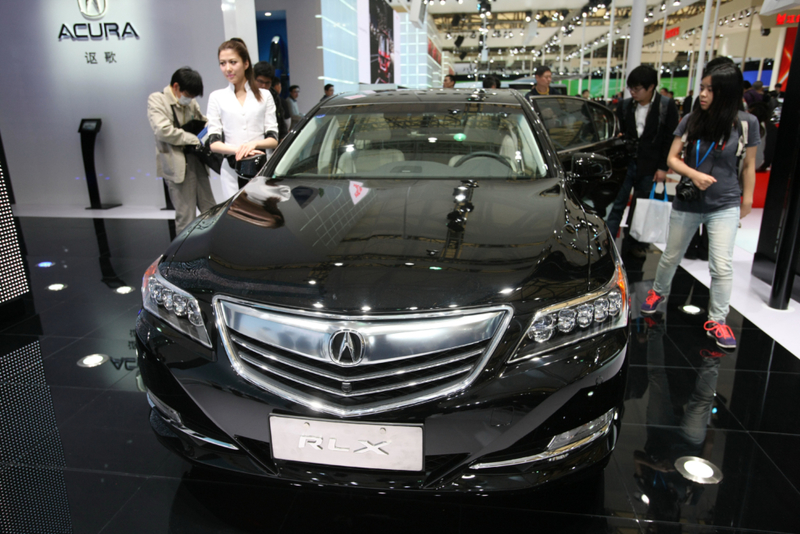
The industry publication writes that “We like driving the RLX, but the lack of Apple CarPlay and Android Auto still stings.” It seems that this year the bells didn’t ring for the Acura RLX. If you’re into hybrid cars it would probably be best to go for alternatives such as the Hyundai Ioniq or the Toyota Prius.
1997 EV-1
Being green and environmentally conscious is all the rage today, but back in 1997, the EV-1 was one of the first electric cars ever put in mass production. With one weird exterior design, two doors, and zero emissions, the car had the potential to revolutionize the market the way Tesla is doing today, but unfortunately, it was a little too early since the technology and demand weren’t really there at the time. Another reason that contributed to the failure of the car was its short 100-mile range for battery recharge, and many people drove more than 100 miles every day.
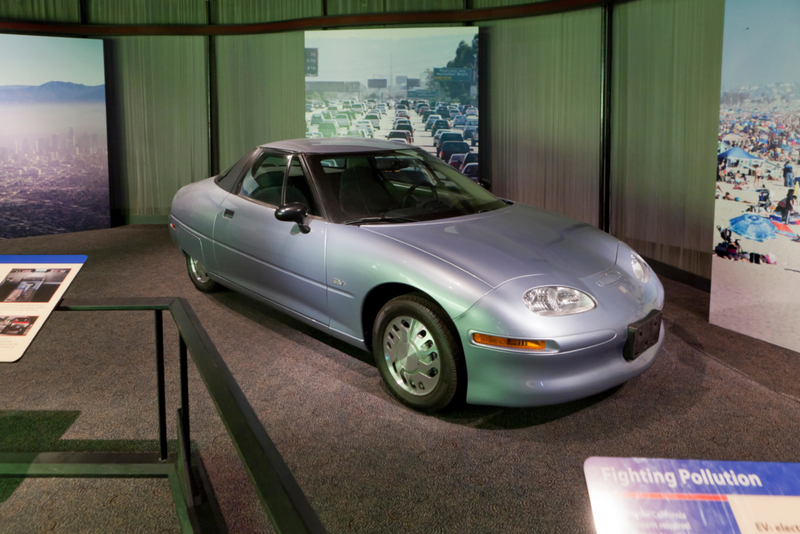
Despite its short life and limited availability, the EV1 was revolutionary in many ways and taught General Motors and the rest of the industry valuable lessons that would end up paving the way for today’s electric cars. The discontinuation of the EV1 is still a controversial topic among environmentalists, electric car supporters, and even EV1 owners that claim General Motors had a personal interest in taking the car off the market to stop possible losses in spare parts sales. People also believed GM falsely claimed that the oil industry was the main culprit since it wanted to keep electric cars off the streets.
1971 Ford Pinto
Suffering from the same problem as the Mustang II, the Ford Pinto, in addition to having a terrible name, was mired in controversy after its particular fuel-tank design damaged the car’s safety reputation. Apparently, there were some very nasty results when the car got rear-ended at a high enough velocity.
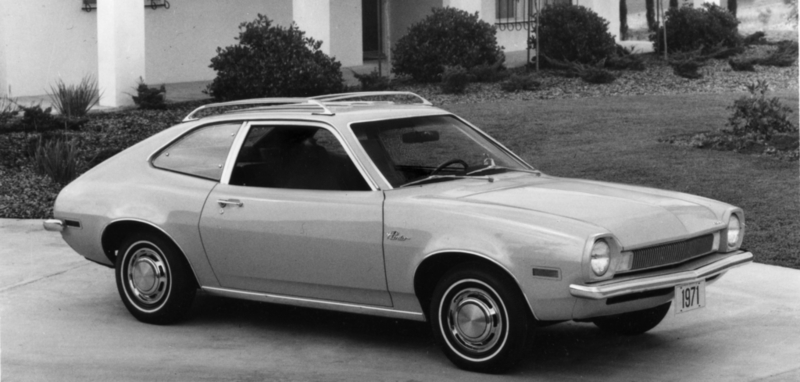
The Pinto sales were literally on fire, what with many cases reported of deadly fires starting in relation to the fuel tank rupturing during rear-end collisions. The car put into question Ford’s reputation and ethics, since placing your customers inside a flaming piece of metal wasn’t what most consumers considered, “great customer service”. In 2004, Forbes included the Pinto among its fourteen Worst Cars of All Time.
1997 Plymouth Prowler
It’s unclear exactly what market the Plymouth Prowler tried to attend to when it was launched in the late ’90s. If there was ever a way to look stuck-up in front of your friends, it would be by coming to pick them up in this peculiar beast of a model. The Prowler was offered in a single generation, front-engine, rear-drive, rear-transmission configuration — with an overall production of just over 10,000 models.
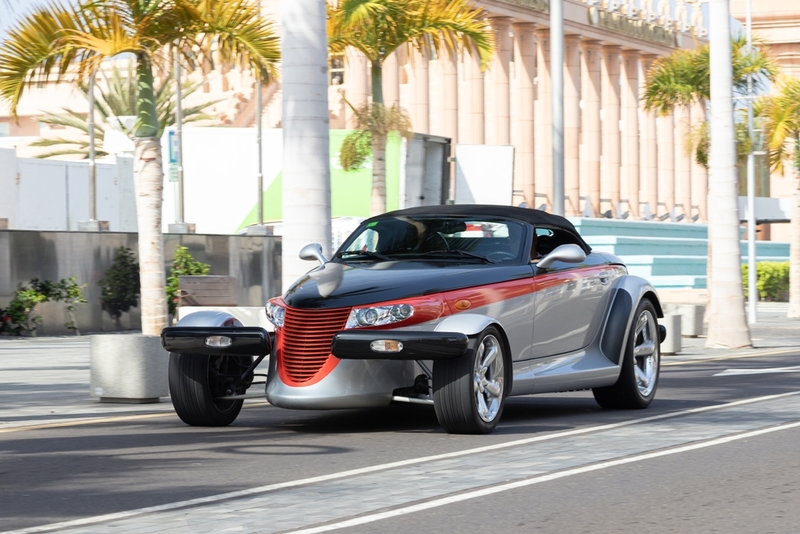
In addition to the beast’s exposed and threatening look, it actually had a fairly good engine inside that scary hood. The red devil would accelerate from 0 to 100 kilometers per hour in just over 7 seconds and was actually built with daily reckless drivers in mind. The Prowler included features such as keyless entry, power windows and other tricks that you probably would have enjoyed showing your friends in the late ’90s.
1955 Dodge La Femme
If you were a woman in the 1950s, we would find it hard to believe that your biggest complaint regarding the state of society at that point was, “Why aren’t these locomotives more feminine looking?” Well, apparently, at the time Dodge believed that this was exactly what 50’s-era women were looking for. Therefore, they built a car specifically for them. The Dodge La Femme (which only comes in white and pink, by the way), is a female-oriented car meant to help women express themselves by driving in their all-glam car.
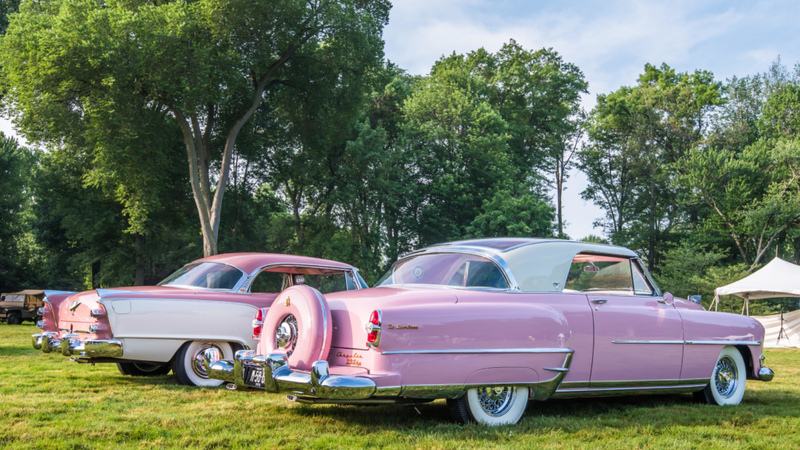
The car was essentially a Dodge Royal Lancer but built with “women’s needs” in mind. The original Lancer didn’t do too well, so copying it in a new design did seem like a very odd thing to do. Eventually, the car didn’t end up penetrating the market as much as Dodge hoped it would. Not even pink seats could have saved this bust from occurring. La Femme was quickly discarded after just 2 years in production, and we can’t say we’ve heard our moms and grandmas complain about it much.
Jeep Wrangler
With a slow and loose steering, uncomfortable handling and seats, high amounts of wind and tire noise above 50 miles per hour, and not as much cargo space as expected, this V6 hybrid Jeep Wrangler doesn’t do nearly as well as you’d expect. It’s a master of the off-road for sure and has the same rugged feel that Jeep brings, but its problems often overshadow the benefits. The Car Connection gave it a 5.2 out of 10 score, with the main issues being its high-price, “rugged” ride (which some enthusiasts consider a benefit), a sparse base trim, and lackluster backseat.
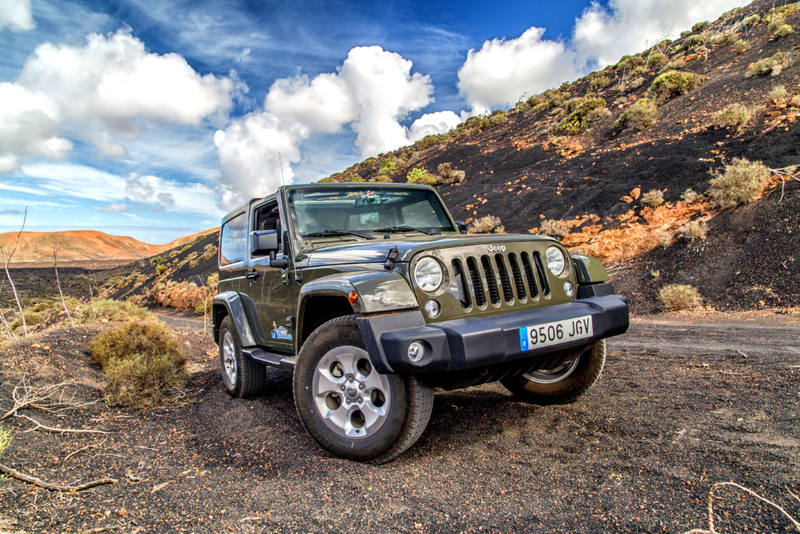
Jeep Wrangler earned a 7.8 out of 10 ratings by Edmunds and 7.7 out of 10 from US News & World Reports. The Wrangler starts at $28,000 in the base Sport model and goes up to $41,545 for the Unlimited Rubicon.
1978 FSO Polonez
While many people complained about the extremely boxy and jaggy look of the FSO Polonez, the main problem we have with the car is its unreliability. Legend has it that by the time you left the dealership with your brand new FSO Polonez, you’d be driving to a car shop to get something fixed.
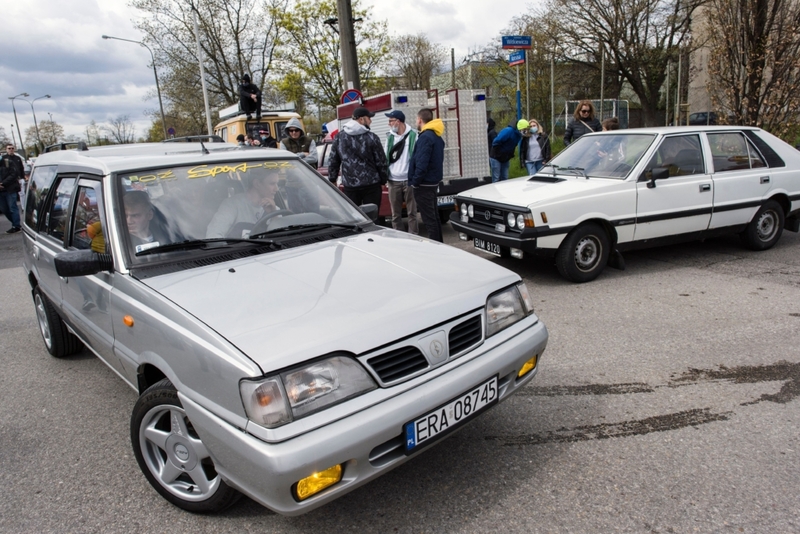
One owner seems to have summarized our complaints with the car perfectly with the following review: “Built by communists out of steel so thin you could use it as a neck curtain, it is as reliable and long-lasting as a pensioner’s erection.” That doesn’t sound like it can get much worse. In case you’re interested in seeing this lackluster car in action, you can visit YouTube for some hilarious videos of drunk Russians drifting the car before it breaks to bits.
1974 Bricklin SV-1
When the designers of the Bricklin SV-1 thought “You know what would be cool? Imagine a car with vertical doors!” They were definitely on the right train of thought. Unfortunately, the rest of the car did not hold up to the vision they had. Among the factors blamed for the car’s ultimate demise were ongoing quality control problems, supplier shortages, worker absenteeism and a series of price increases that more than doubled the price of the car in two years. The Bricklin SV-1 was ultimately a huge failure, with only 3,000 of these ever in production.
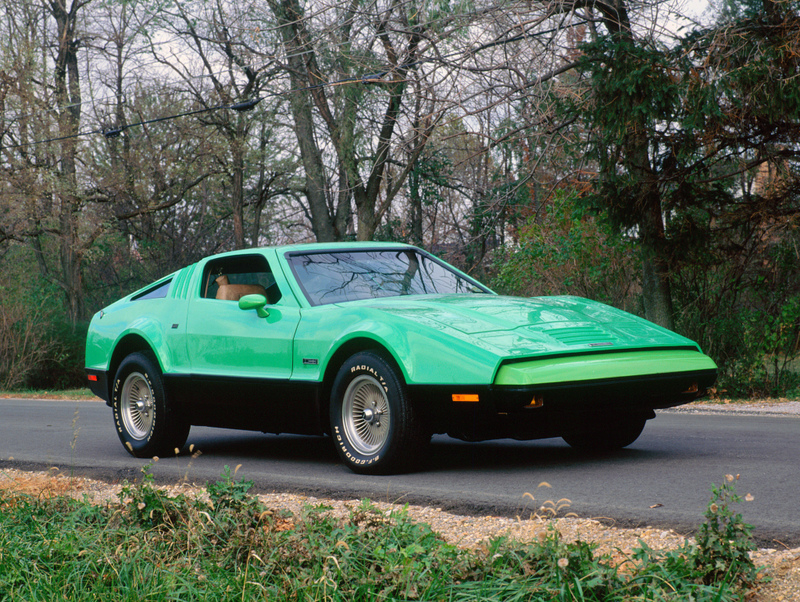
Critiques were somewhat divided about the look of the car. On one hand, it had the potential to remind you of the futuristic DeLorean, but it might also remind you of a lime-green hedgehog. Consumers were also disappointed by the interior build quality of the car. The gull-wing doors being the main attraction of the car, but the power button that opened the door mechanism was very slow and would often break down and trap people in the car. It seems that just like the DeLorean, this car is more akin to a really cool life-sized toy car than an actual Corvette or Lamborghini.
1961 Chevy Corvair
While some cars are bought specifically for their rear-wheel drive, the Chevy Corvair wasn’t one of them. When people buy a Chevy, they’re mostly looking for features like reliable and safe, and since this is not a BMW, the American carmaker couldn’t pull off the appeal for owning a car that could easily spin you out of control into oblivion (or the nearest curb).
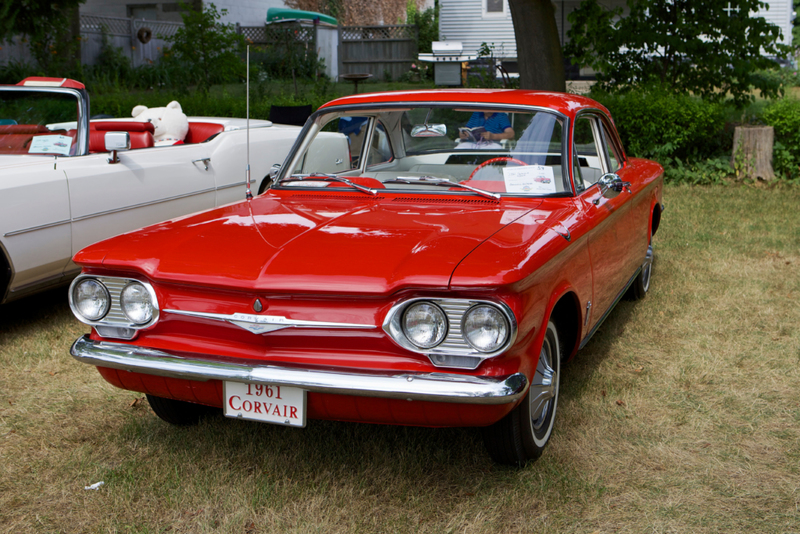
The Corvair was mired in controversies and legal problems due to an accusation of poor handling ability. The car was heavily scrutinized in Ralph Nader’s 1965 book “Unsafe at Any Speed”. It was eventually found in 1972 that the Corvair wasn’t any less safe than other contemporary cars of the same type, but the damage was already done and the vehicle wouldn’t survive to see itself produced past the ’60s.
Toyota C-HR
Edmunds didn’t give a favorable review for the 2019 Toyota C-HR, with a disappointing combination of a lethargic and downright sleep-inducing acceleration coupled with pervasive road and engine noises. This Nissan doesn’t stand well on its own wheels when compared to the much better Honda HR-V or the Mazda CX-3. While we bashed Consumer Reports for being a bit on the negative side, we can’t blame them for putting this one on their 2019 “least satisfying” list.
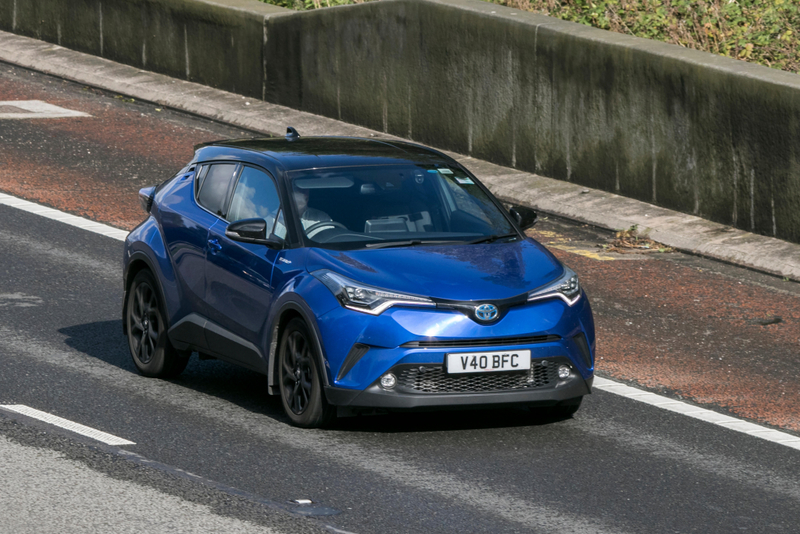
One of the main complaints this car received was not having an all-wheel-drive option, which is standard practice in the car’s category. It was also berated for having “horrendous” rear and side visibility. Edmunds took offense to the car’s super-slow acceleration, saying that “Acceleration is characterized by a long hesitation between a pedal stomp and any forward motion. This is true whether you’re stopped or trying to pass slower traffic on the highway.”
1982 Cadillac Cimarron
Everyone loved 1982. Michael Jackson was ruling the music scene and radio with ‘Thriller’, which became the best-selling album of all time. We got to see E.T.’s phone home, and the first CD player was released by Sony! One thing that wasn’t so great, was the Cadillac Cimarron. To this day, this car is considered the absolute lowest point in the company’s history, due to its low sales, poor performance, and ill-conceived badge engineering.
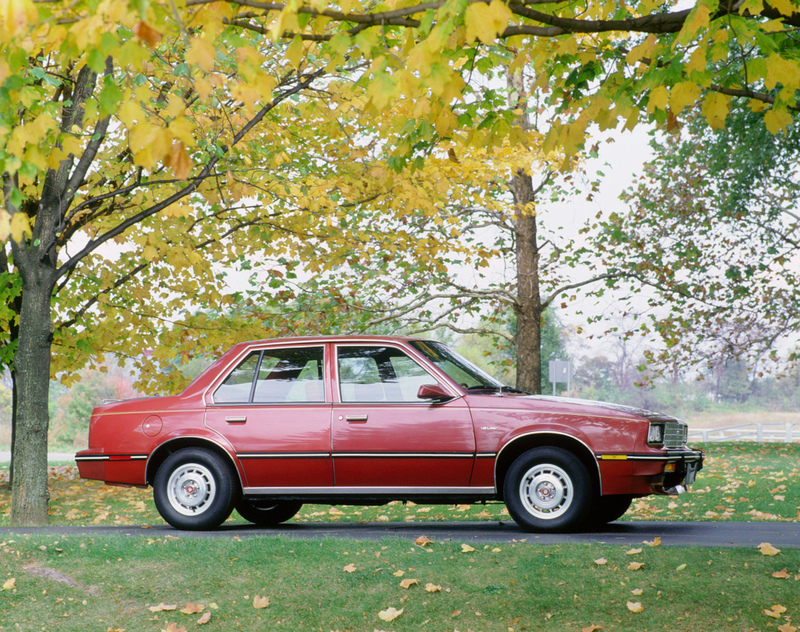
It was quickly discovered that the Cimarron was just a refurbished version of the Chevrolet Cavalier, with worse performance and a hideous all-around build. The car was quickly scratched and taken off production. But not before almost ruining the entire company’s brand, which had already established itself as one of America’s premier luxury carmakers. I’d call that a fluke.
1957 King Midget Model III
The King Midget was a microcar produced between 1946 and 1970 by the Midget Motors Corporation. The car was mostly promoted through small ads in popular magazines with the slogan “500 lb. car for $500.00”. King Midget I could only fit a single passenger inside it, although the next versions were slightly more accommodating of more people.
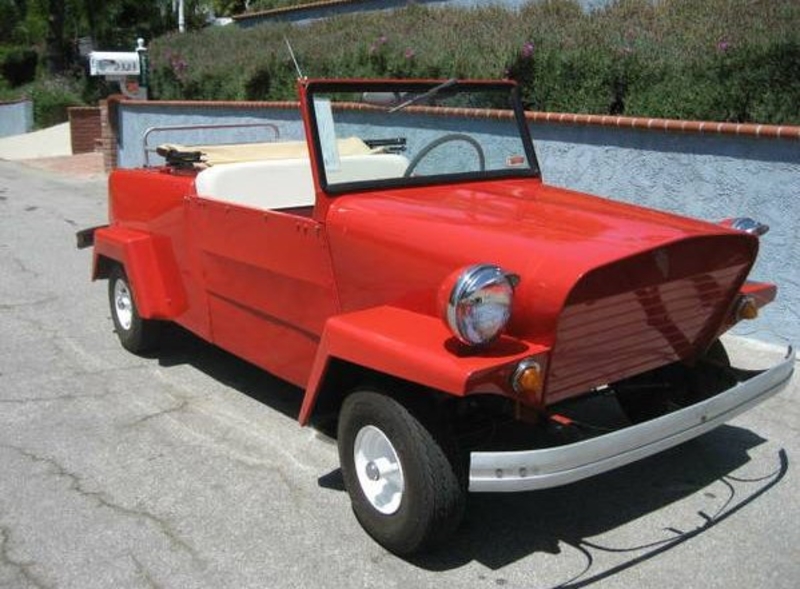
Fuel economy was on everyone’s mind in the early 1950s, much as it is today, so King Midget’s claim to fame was its 50 mpg fuel consumption and ease of repairs. We don’t know about you, but if our car was more like a huge Lego block than an actual vehicle – we’d probably prefer to get to our destination by taking the bus or going on a nice bicycle ride.
Chevrolet Trax
Chevrolet is mostly known for making reliable and tough cars, but the Chevrolet Trax betrayed that reputation. The car has been consistently criticized by Edmunds for having a choppy ride quality on freeways, slow acceleration, an underpowered engine, high fuel consumption, and less cargo than expected. Blue Book’s expert review gave the Trax a 3.9 out of 5 ratings, while US News & World Report gave it a 7.2 out of 10.
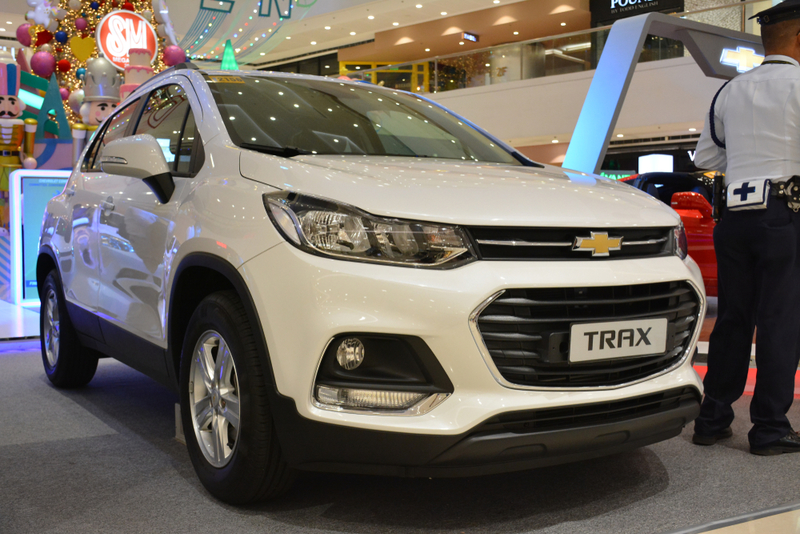
Car review magazines were less thrilled about the car; Drive Magazine even gave it just a mere 2.5 out of 5.
Lexus IS
Whenever we’re looking to improve our critical skills, Consumer Reports provides the best materials for becoming a harsh critique. In their review for the 2019 Lexus IS, the publication says: “Lexus built the IS sports sedan to challenge the BMW 3 Series and Mercedes-Benz C-Class. But we’ll cut to the chase: Forget it.” Unfortunately for the Lexus IS, it just can’t stand in a fight with the equivalent BMW and Mercedes models at the same price range, offering neither the performance nor the luxury feels that the famous German makers provide.
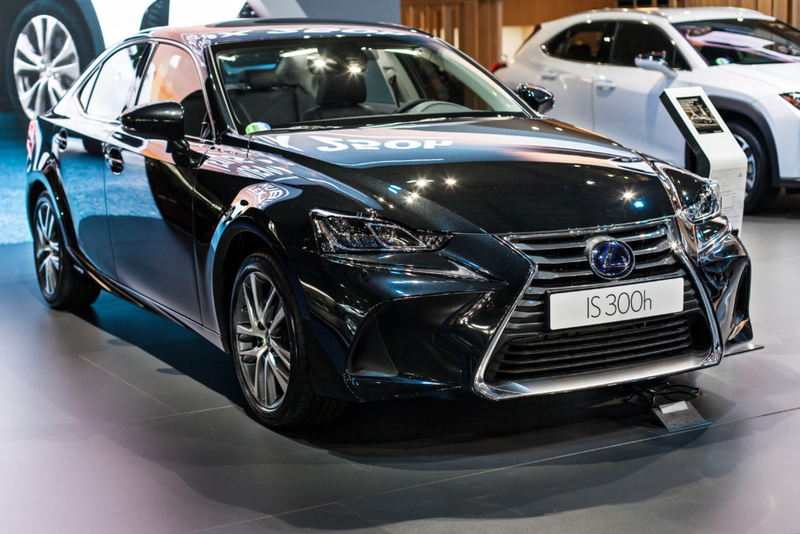
Anyone who sits in the Lexus IS will tell you it’s the opposite of relaxing and luxurious and feels a lot more like a cramped and uncomfortable experience. If you’re in the market for this type of vehicle at the $40,000 pricing area, we recommend not wasting a moment and going directly to where the fun is at. Of course, we’re talking about none other than the vicious Audi A4 and the awesome BMW 3-Series.
1981 DeLorean DMC-12
Despite being fondly remembered as the car Marty McFly used to travel back in time in the famous “Back to the Future” films, the real car was a horrible mess, both sales-wise and in-terms of performance. The car quickly became widely known for its disappointing lack of power and performance, which was very disappointing considering its high-price tag and Lamborghini style appearance. The car was only sold for about 3 years and sold less than 10,000 vehicles before production stopped.
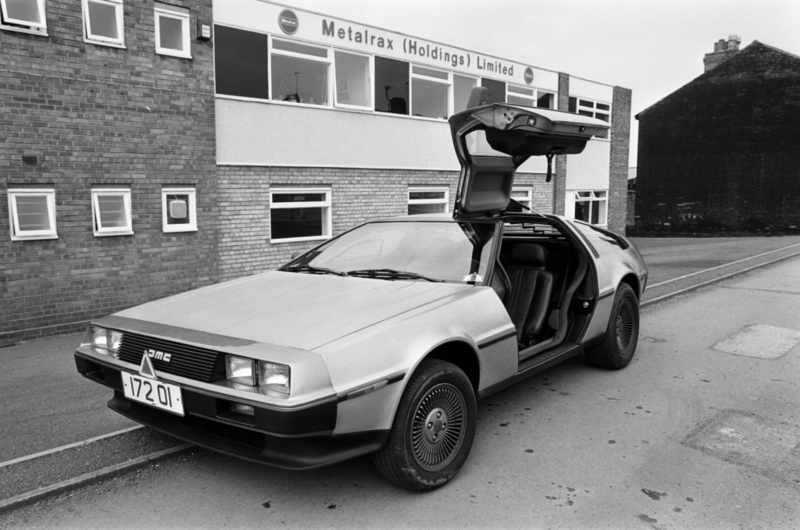
The car suffered from many technical difficulties, one of which was the horrible battery. When driving the car with all lights and electrical options on, the battery wasn’t able to supply enough power to charge the car, causing it to gradually discharge and eventually leaving the driver stranded on the road. The DeLorean has since gained a cult following, and to this day is considered one of the best cars of all time by some slightly obsessed individuals who appreciated its attempts to make you feel like you’re driving inside a spaceship.
Land Rover Discovery
When your car gets awarded the “Worst Overall” title category you know that there are probably a few problems with your vehicle. The 2019 Land Rover Discovery made its way to the list due to slow acceleration and very mediocre technology. “For a brand-new car, we expected better.” Said Edmunds magazine, “During our initial test of the Discovery, we had some serious issues with the boot-up of the audio system.”
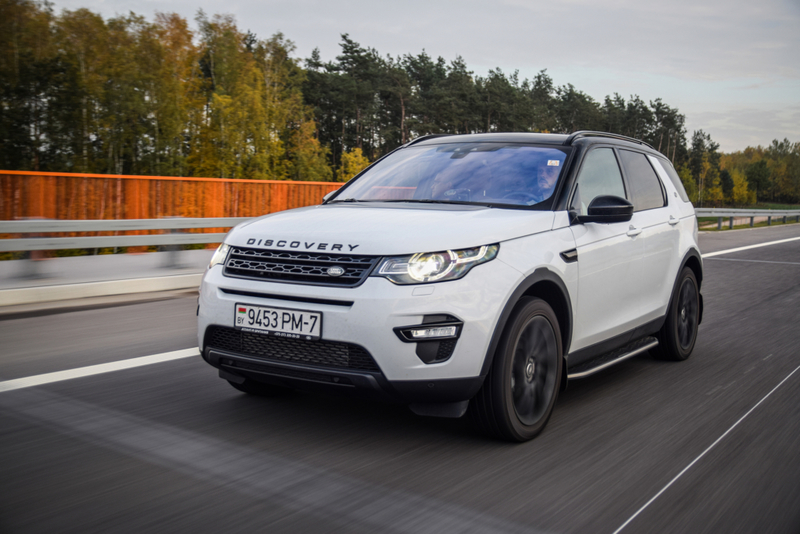
Of course, Land Rovers are known for having above-average off-road capabilities and smooth driving, so not everything is bad. Land Rover fans still flock in droves to purchase this SUV, as the brand name alone is enough to cause a lot of them pleasure when driving around in one of these $60,000 Land Rovers.
Nissan Pathfinder
The Pathfinder is considered a solid SUV with a solid all-around performance in all areas. Nissan, as usual, tends to devalue the importance of having a modern infotainment system with its outdated touchscreen interface and a lack of Apple CarPlay and Android Auto connection. We can always ignore a slightly inferior ride quality, but how dare Nissan stop us from connecting our phone to the car!
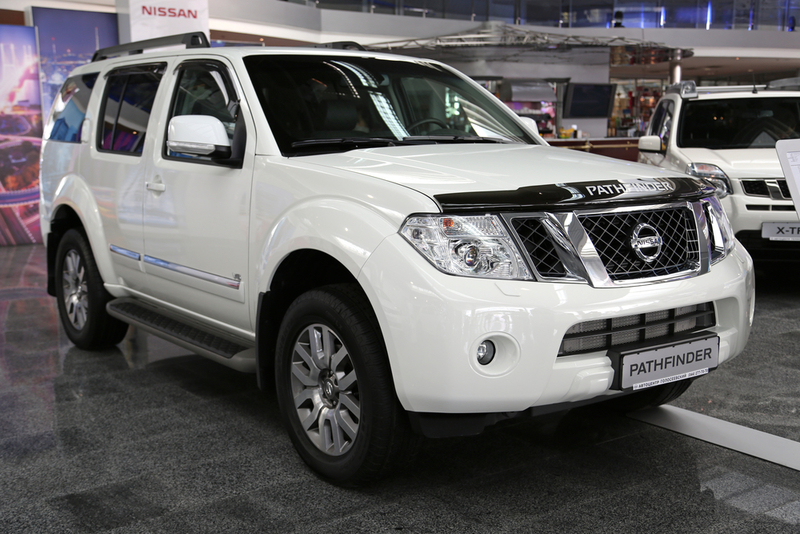
Most reviewers found the car bland and neither exciting nor disappointing. Car and Driver gave it a 3 out of 5, saying that there was “nothing wrong, but nothing quite right.” about the Pathfinder. Some of Pathfinder’s weaker areas were “Sloppy driving dynamics, poor real-world fuel economy, and limited cargo space.” So if you’re into having a car that’s neither here nor there, the Pathfinder might be your choice. Otherwise, you’d be better off finding your path without it.
1971 Chevrolet Vega
This car truly takes the cake for the worst blunder General Motors has ever made. The 1971 Chevrolet Vega was a broken piece of trash. with a myriad of problems, ranging from faulty engineering, complete lack of reliability, poor safety, high rusting rates, and an engine with a lifespan shorter than most butterflies. These problems were only later discovered by disappointed consumers, as the car initially sold fairly well. The Vega ruined both Chevrolet’s brand as a reliable auto-maker and General Motors’ reputation in general.
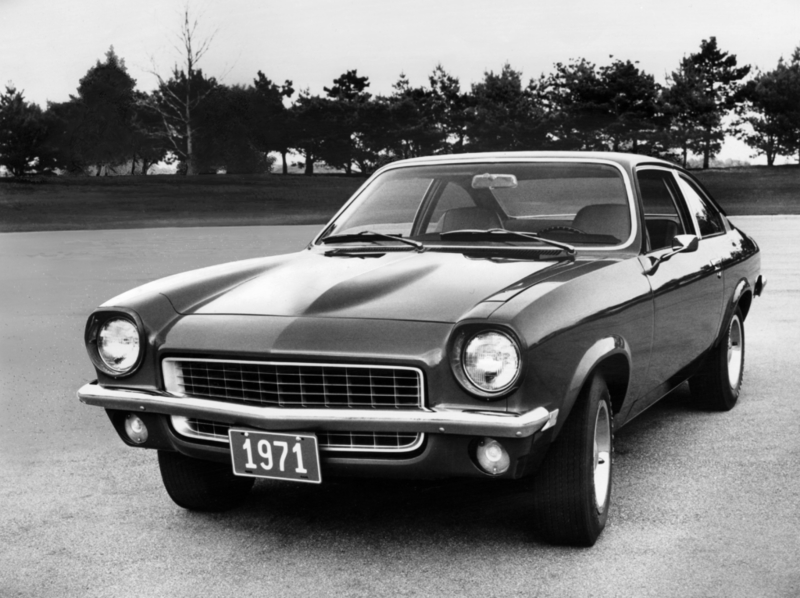
The Vega’s engine was so poorly built, that it caused the car to shake excessively while driving. This shaking cracked the valve stems and leaked oil everywhere until there was nothing left in the oil tank within only a few hundred miles. The Vega was extremely prone to overheat and engine fires were not uncommon. When reviewing the Vega, American automotive enthusiast magazine Car and Driver said: “It was so unreliable that it seemed the only time anyone saw a Vega on the road not puking out oil smoke was when it was being towed.” Ouch!
Fiat 500L
As usual, Consumer Reports came in as the toughest critic when judging the 2019 Fiat 500L, and marked it with the cursed “Worst Overall” label that they seem to throw around more often than not. However, other reviewers weren’t too thrilled with the small wagon either. Besides plenty of interior passenger and cargo space and a relatively new touchscreen interface, the car was mostly criticized for having a cheap and plastic feel interior, a lack of modern safety features, and for the fact that the back seats cannot fold for extra cargo space (which is standard in such a small car).
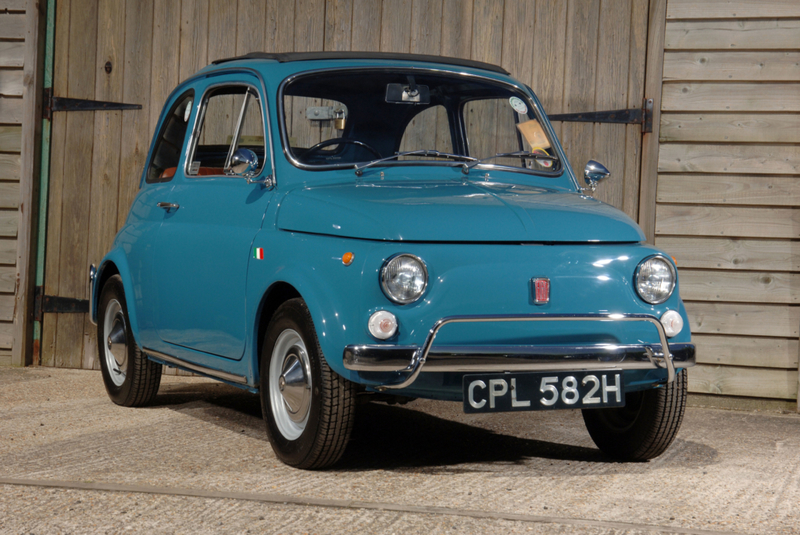
Clearly disappointed that “the overall package just doesn’t exude the sense of playfulness that makes the 500 such a charming car” Edmunds summarized their review with a recommendation to skip this one. “While the 500L offers a lot of utility at a low price, most other small wagons, hatchbacks, and crossovers are more enjoyable to drive and easier to live with.” they wrote.
Dodge Journey
When the Consumer Report publication reviewed the 2019 Dodge Journey, they described it as “Smaller than the typical mid-sized SUV … a dated and mediocre performer”. The vehicle was also placed as a contender in the “Worst Overall” and “Least Satisfying” categories. The main reasons cited for the vehicle’s poor reviews regarded its slow performance, high fuel consumption, a transmission that just doesn’t want to change gears, and a small third-row seat.
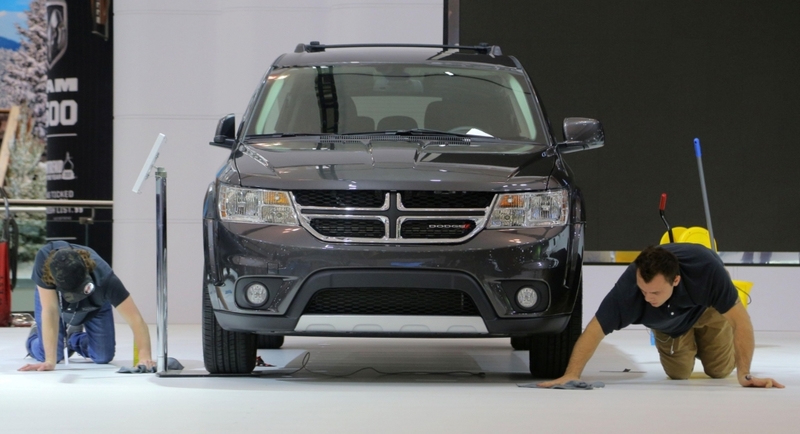
Kelley Blue Book, a California-based vehicle evaluator and automotive research company that is recognized by both consumers and the automotive industry, also deemed the Journey as a poor contender in the already crowded SUV market. Even though the car was hailed as a worse version of other great SUVs, it was still appreciated for some qualities such as ”comfortable seats, a forgiving ride quality, and many stowage areas to help keep trips bearable.”
Jaguar F-Pace
Boasting a high-performance supercharged V6 acceleration, up to a mind-boggling V8 SVR variant, the 2019 Jaguar F-Pace appears to be on track as one of the year’s most exciting SUVs. With some serious marketing dollars behind it, this one made us take a serious look before being disappointed to find that there wasn’t much there. The F-Pace’s interior materials are a huge disappointment with a starting price of $45,000, and the stiff ride just makes us want to go sit in a Mercedes or a Porsche that goes for about the same price.
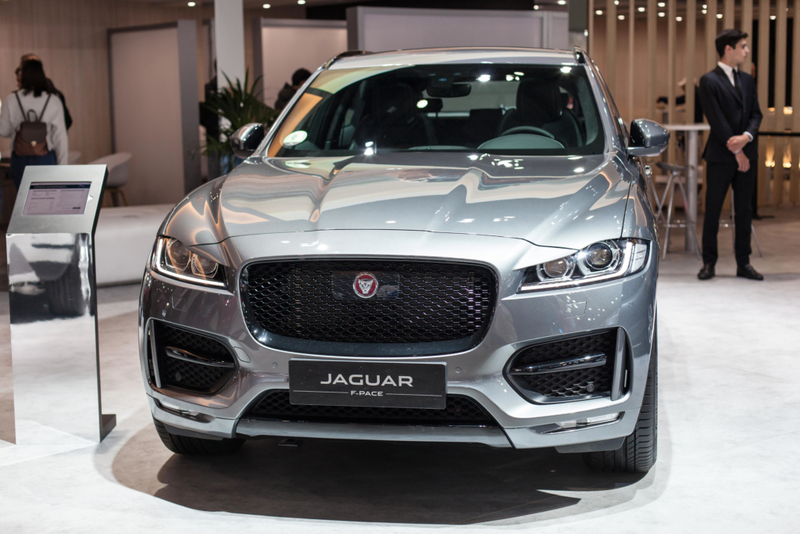
Kelley Blue Book nailed the car for having a ride that’s “stiff and choppy”. The Jaguar SUV wasn’t treated well in reviews and received a measly 3 stars out of 5 from Whatcar.com. They claim that “You could buy a much larger SUV, such as an Audi Q7 or Volvo XC90, for less money, although neither of those rivals is as fast or a sharp to drive as the F-Pace.”
2007 BMW X6
When BMW first launched the X6, it was marketed as a way for wealthy off-road enthusiasts to drive in luxury and style, while also being able to travel off-road. Unfortunately for them, the first generation of this car didn’t do a great job with either one of those things.
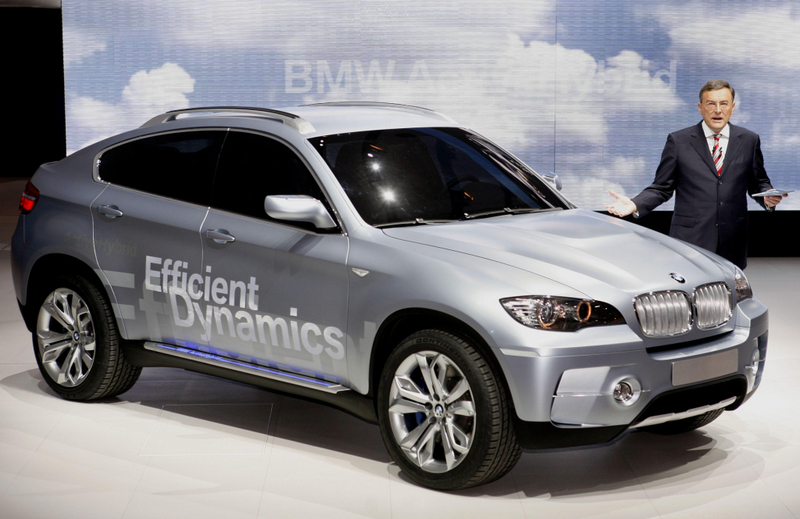
The SAV (“sports activity vehicle”) opened to moderate sales and wasn’t received too well nor too poorly. Over the subsequent years, BMW has smoothed out the wrinkles and managed to upgrade the car into something an off-road enthusiast would actually enjoy driving. While today’s options for a great BMW to drive in the dirt are much larger and better working, the original X6 was not something anyone would be too proud of.
2006 Dodge Dakota
Dodge had the not-so-great idea of taking its famous Ram Dakota and completely redesigning it in 2006. The trims looked more sporty and the engine had been upgraded to a 4.7-liter V8 engine with 302 horsepower. The new 2006 Dodge Dakota sounded promising, and it managed to garner quite a bit of fame among drivers. But the dream was short-lived.
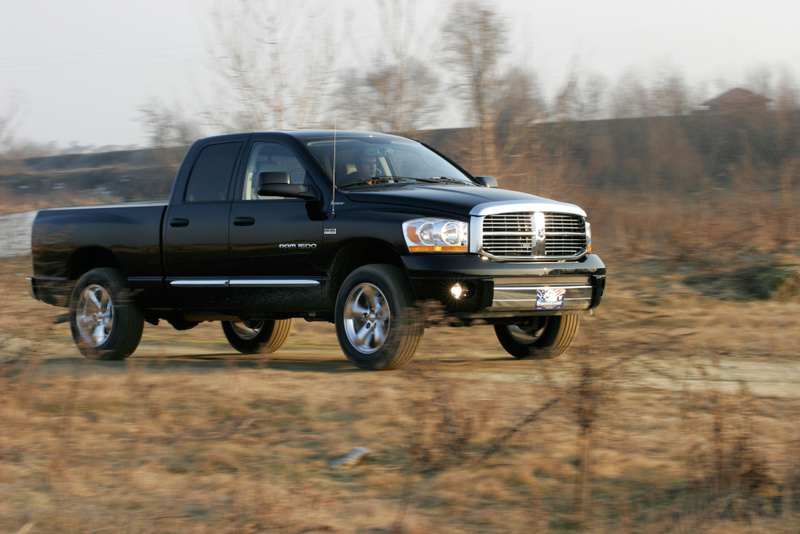
The Dakota trucks broke down a lot, often in mid-driving, making them into a financial nightmare, since many of the vehicles had to be recalled or refunded. The company had only sold 12,000 Dakotas by 2011 and decided to discontinue the Dakota model entirely just after five years of it being on the market.
1978 Subaru BRAT
The 1978 Subaru BRAT was basically a fake pickup truck. Famous for building fast, efficient, and reliable vehicles, Subaru is an incredible option when you consider their low prices. Unfortunately, however, they didn’t have the same success with their BRAT model. The car was proof enough for the company of why it should stick to regular cars and stay as far away from trucks as possible.
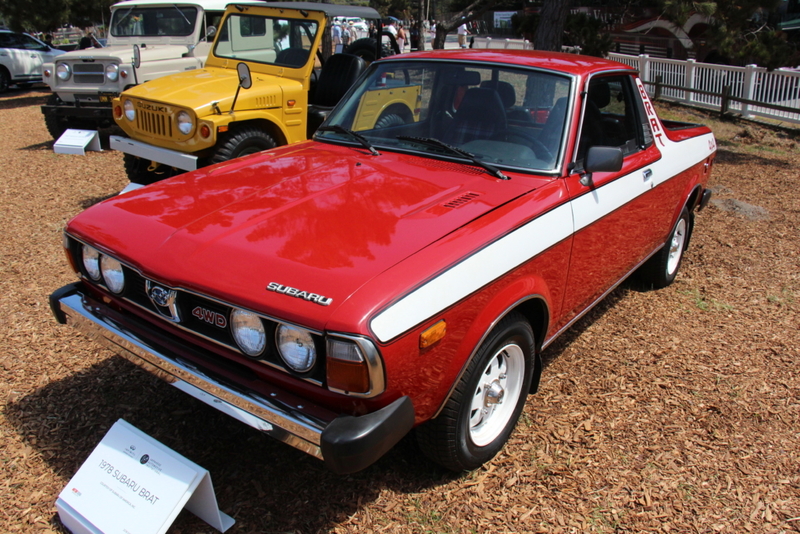
And truly, Subaru just added a flatbed to the back of their popular Sedan in order to turn this BRAT model into a truck. Even though the car became famous because Ronald Reagan drove one for twenty years, and this made sales go way up, the BRAT eventually tanked.
GMC Canyon
The GMC Canyon looked like a powerhouse, and customers had high hopes. However, this all came crumbling down when they realized it had a fuel leak problem. On the outside, the GMC Canyon looked fierce, but on the inside, it had transmission malfunctions, fuel system and cabin electronics issues.
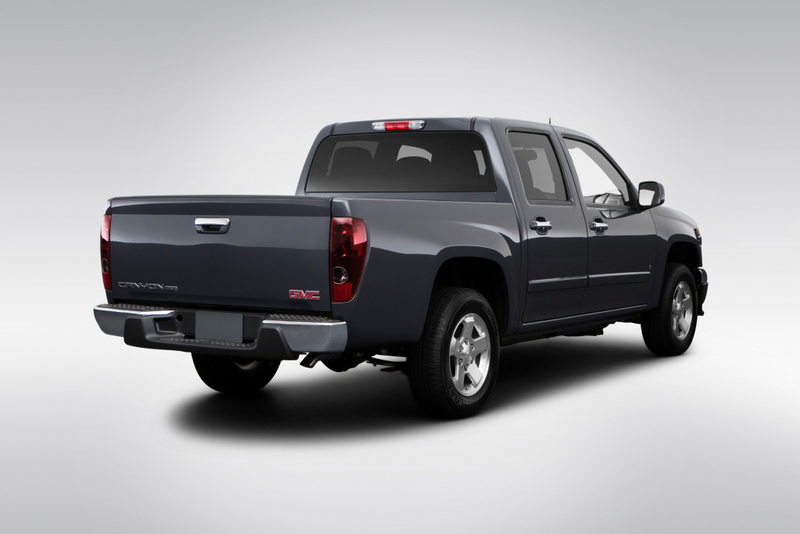
The car was even recalled a few times for having a very serious issue – a leaky fuel system that could potentially make the car go up in flames. It doesn’t live up to the standards of its competitors, which made it a bad offer when compared to other pickup trucks with a similar price tag.
Chevy SSR
Considered by many to be one of the quirkiest, ugliest pickup trucks to ever be made, the Chevy SSR looked like a prop car. The SSR stood for ‘SuperSport Roadster’, but in reality, it was more like a vehicle that could be best described as a ‘retractable hardtop convertible pickup truck’.
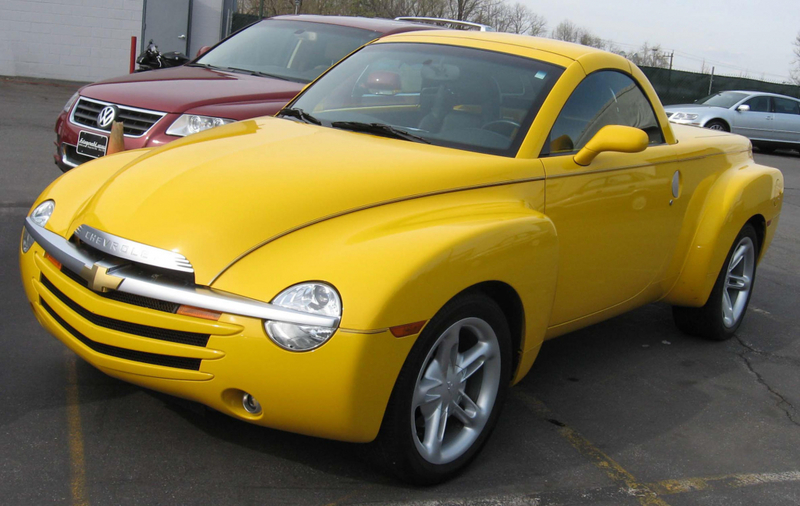
The SSR had a lot of cheap plastic in its interior and fell short when it came to performance. Also, it’s quite an uncomfortable car, and definitely doesn’t live up to its price of over $40,000. Despite its average acceleration time of 7.7 seconds from zero to sixty and 400 horsepower, this is probably one of the most controversial vehicles ever made.
1976 Cadillac
It’s hard to see a Cadillac on this list, as they are considered some of the finest vehicles in existence. However, everybody makes mistakes, and the 1976 Cadillac was certainly one of them. The company’s attempt to create a pickup truck was an absolute disaster. The 1976 Cadillac was a mix between a coupe and a pickup truck, which basically meant they took out the backseat of the car and replaced it with a long flatbed.
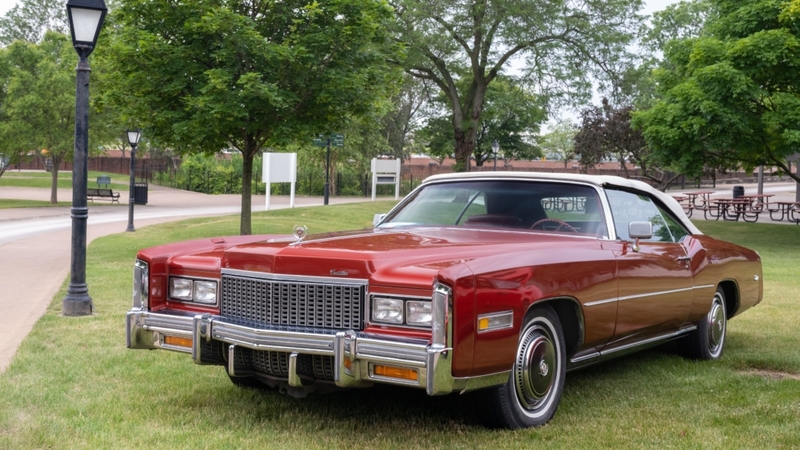
Even though it was extremely expensive, the car was very popular with customers when it first came out. However, that popularity was very short-lived when people started to realize the car wasn’t really functional, neither as a pickup truck or as a vehicle in general. Cadillac made the right choice to quickly take their 1976 model out of the market, and it was never seen again.
Chevrolet Corvair
Just by looking at a photo of this car, you can probably guess why it was a disaster. Everyone was expecting great things from the Chevrolet Corvair, especially since Chevrolet had established itself over the years as one of the most sturdy and reliable car manufacturers in the U.S. But the 1995 Corvair was a huge flop.
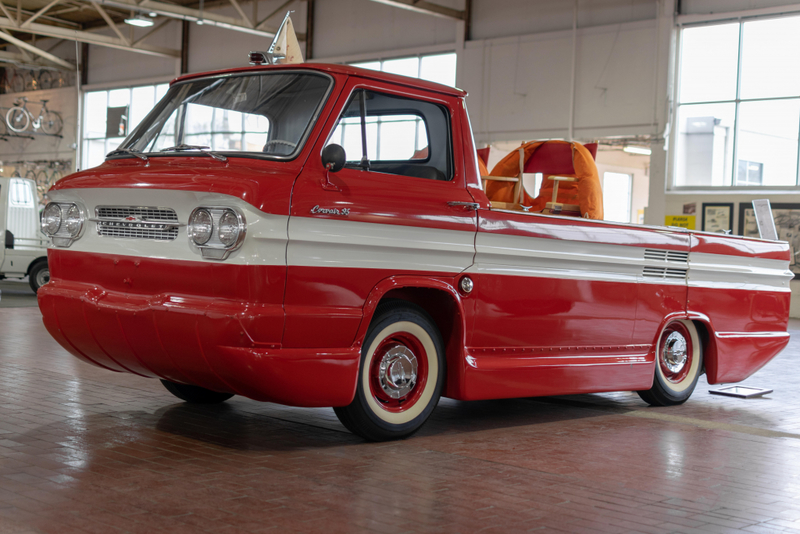
Chevrolet was quick to realize that their famous car was great on paper, but once it came out, this behemoth of a pickup truck, if we can even call it that, wouldn’t fare well at all with customers once they gave it a proper drive. It was quickly discontinued.
1957 Ford Ranchero
Ford is another huge name in the car industry, and obviously, when it announced the release of its 157 Ford Ranchero, everyone was excited. Unfortunately, the industry giant blew it big time, and honestly, what did they expect when all they did was stick a flatbed to the car’s rear? Customers were sorely disappointed.
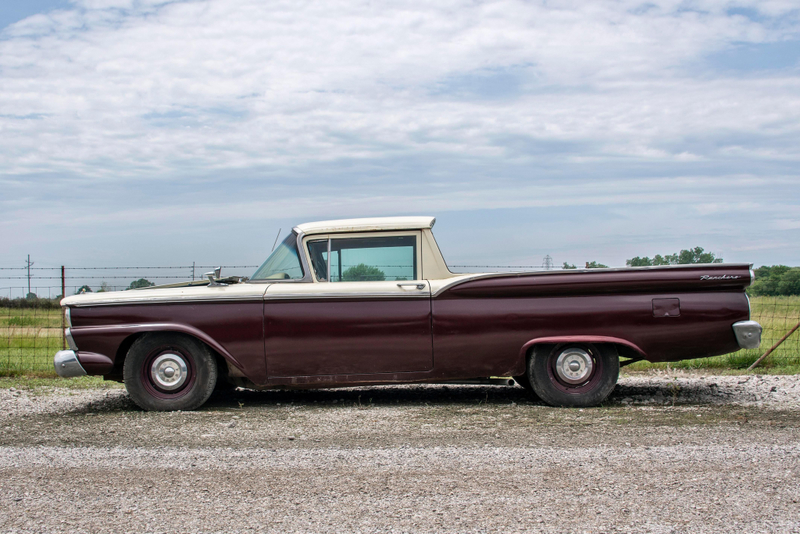
The backlash and low sales numbers made sure Ford learned its lesson, and they released a smaller version of the Ranchero that was marketed as a car, and not as a pickup truck. The new model was called the Falcon Ranchero, and it went down a little better with consumers, who were trying to get over the 1957 Ranchero trauma.
2018 Mercedes Benz X-Class
The luxury German automaker usually manages to keep up with its customers’ high expectations, but Mercedes Benz made a big mistake with its 2018 X-Class. Usually known for the latest tech and unrivaled luxury, Mercedes drivers couldn’t wait for the new X-Class to come out, and they were more than willing to pay the $45,450 to $87,500 price tag the pickup truck had.
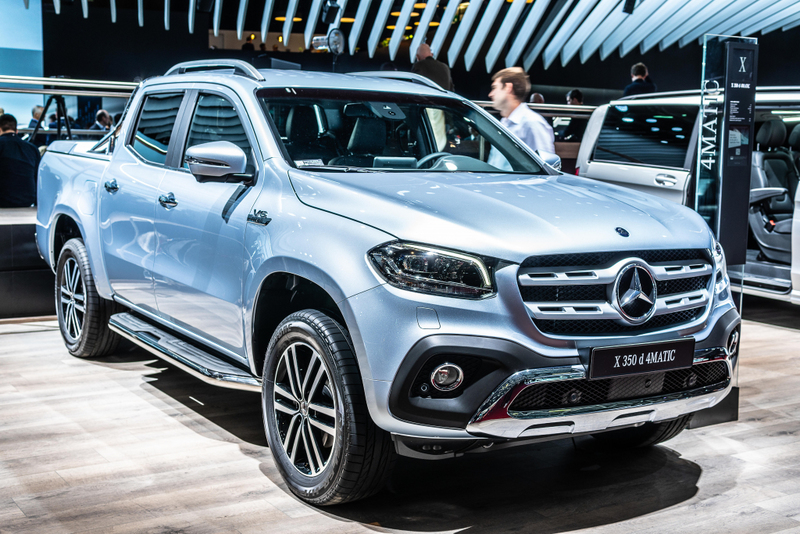
Mercedes called it “the world’s first true luxury premium pickup”, but in reality, the X-Class was no pickup truck. With a small flatbed and an underwhelming performance, many customers chose to overlook this model in favor of a more traditional pickup truck that would be stronger, more functional, and definitely much cheaper.
2009 Hummer
The Hummer is associated with power, status, and wealth. Not to mention it is one of the most prominent military vehicles currently in use by the United States military. It’s tough, reliable, and absolutely monstrous, but while Hummers work extremely well when it comes to military use, this is not the case for general public use. And, despite its fame, the 2009 model was an absolute disaster, and completely unfit for your average driver.
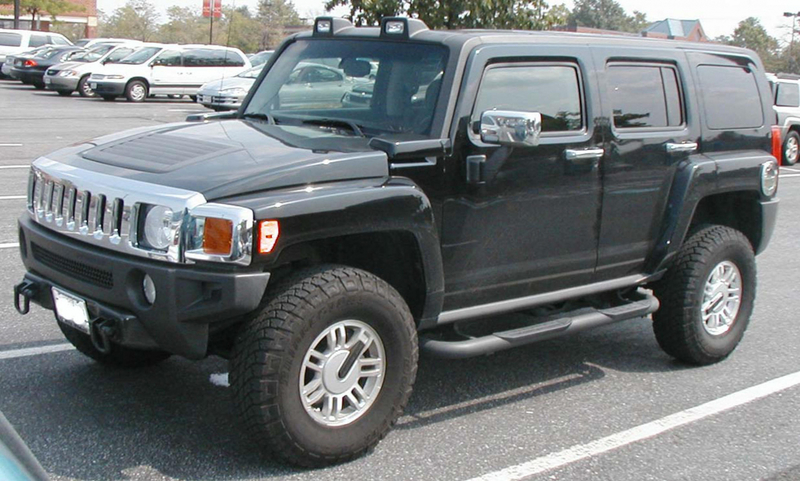
Not only was the car extremely expensive, hard to drive, and guzzled up gas, it was impossible to park and very uncomfortable to sit in. Obviously, Hummer stopped production for consumers just one year later, and we hope they keep it that way. Military vehicles should stay within the military.
1976 Dodge Ramcharger
This 1976 Dodge Ramcharger, originally called the “Rhino”, had optional passenger seats. Yes, you read that correctly. This car came with a driver’s seat, and that’s about it. Adding a passenger seat, or two, or three, was an optional addition. Need we explain why it was an absolute disaster?
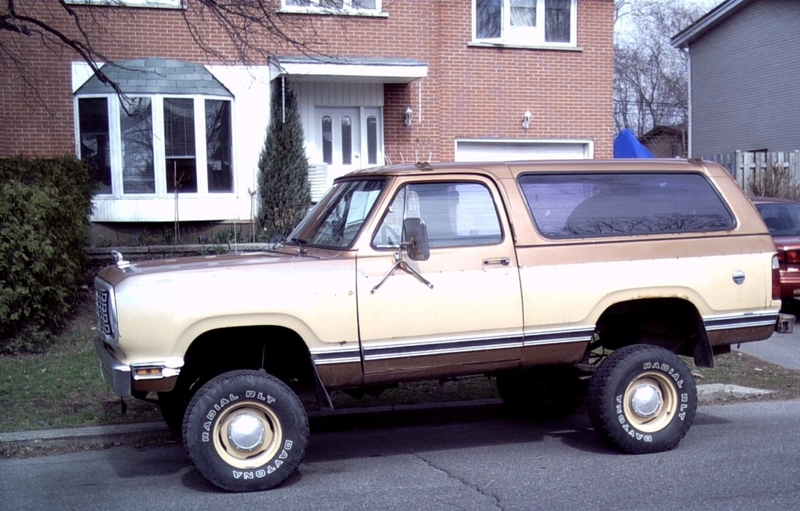
Barring a hermit or just a very antisocial person, this vehicle sounds like a nightmare. Unfortunately, this wasn’t the car’s only shortcoming, as it also had an overly clunky engine with low power. Dodge quickly realized this and started working on the quality of its pickup trucks, which substantially improved over the years.
1999 Chevy Silverado
The 1999 Chevy Silverado was probably the good old American company’s worst idea ever. The car was sluggish, and just absolutely terrible as a pickup truck, which is shocking when you consider the fact that the Chevy Silverado 1500 is ranked as one of the best pickup trucks in the world. But this definitely wasn’t the case with the 199 Silverado.
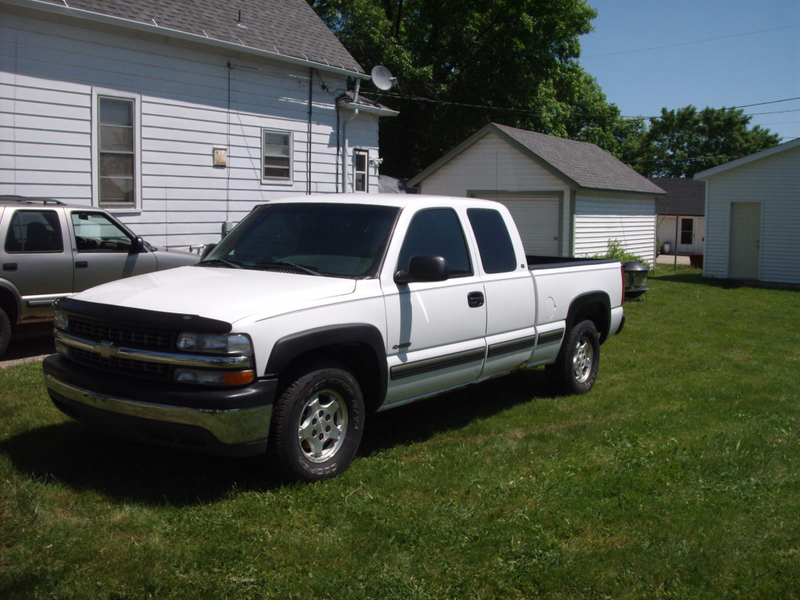
For some reason, Chevy decided to put one of the worst engines in the world inside this vehicle, which made it extremely sluggish and just awful all around. Fortunately, the company quickly realized its mistake and fixed the engine problem after a few short years, eventually turning the Silverado pickup truck into the trusted brand it is today.
2006 Honda Ridgeline
Honda is another car industry giant that has established itself as one of the most trusted names on the market. Unfortunately, their 2006 Honda Ridgeline, the company’s first attempt at the pickup truck market, was a huge disaster. The car was aesthetically nice-looking, and it took years and millions of dollars to produce, but unfortunately, the car fell short of consumers’ expectations.
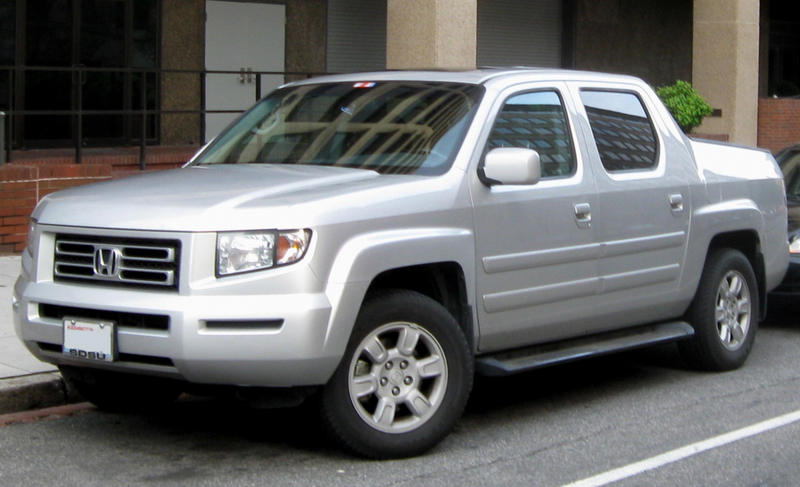
What was destined to be a super famous Honda model ended up getting very bad reviews. One consumer claimed that “the Ridgeline can’t really do what most people who like trucks need it to do.” Another reviewer even called it the “anti-truck”.
Dodge Ram Daytona
Nowadays, the Dodge Ram is known as one of the fiercest competitors when it comes to heavy-duty trucks and SUVs. But their Daytona model was definitely more looks than power. On the outside, the Daytona was a beautiful piece of machinery, with the Dodge Ram’s distinctive grille. Unfortunately, the car wasn’t great when it came to functionality.
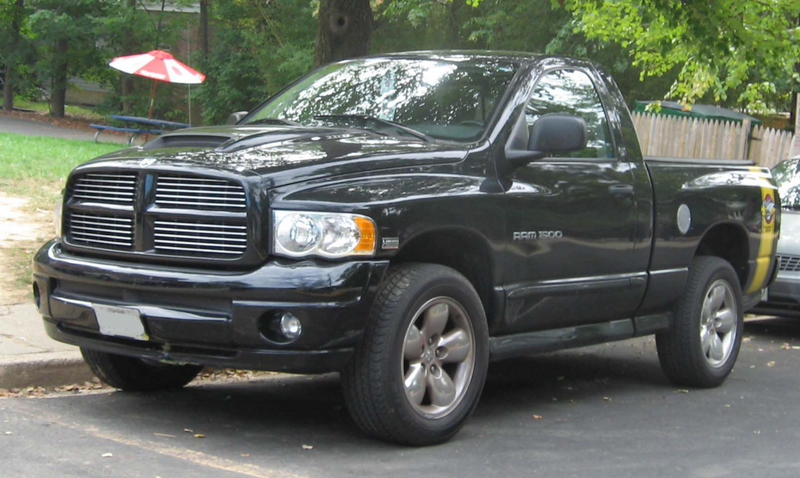
Popular among consumers because of its fierce look, it only took a good look under the car’s hood to understand its shortcomings. This was another case of pickup trucks that looked menacing but were actually anything but. The Dodge Ram Daytona was discontinued in the same year it came out.
1975 Rolls-Royce Camargue
Having a Rolls-Royce is having a collector’s item, not just a car. The car manufacturer has produced some of the best machines in history, but the 1975 Camargue wasn’t one of them. The company wanted to update its old-fashioned image and decided to contact Pininfarina, a respected coachmaker, to help them create a grand tourer that would appeal to younger consumers.
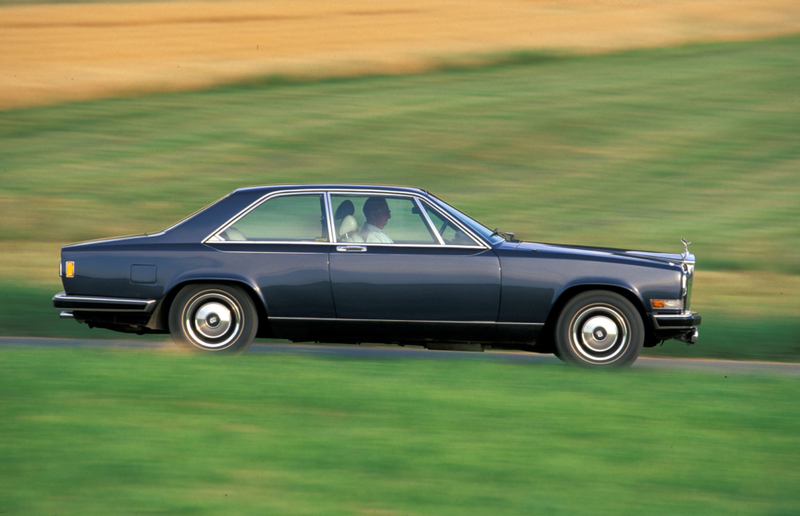
Unfortunately, the company was going through serious economic problems, and by the time it managed to release the car, consumers were unpleasantly shocked. The 1975 Camargue was criticized for its style and standard underpinnings, and to make matters worse, Rolls-Royce jacked up the price in hopes that it would make the car more exclusive. Obviously, this didn’t work, and in eleven years of production, it only sold 531 cars.
1980 Chevrolet Citation
In 1980, General Motors was trying to get past the awful disaster that was the Chevy Vega, and so it came up with the Chevy Citation. In theory, the Chevy Citation was the company’s first attempt at a compact front-wheel-drive platform. Almost a million people bought the car when it came out in 1980, making it the country’s best-selling car of the year. Sadly, the hype didn’t last long.
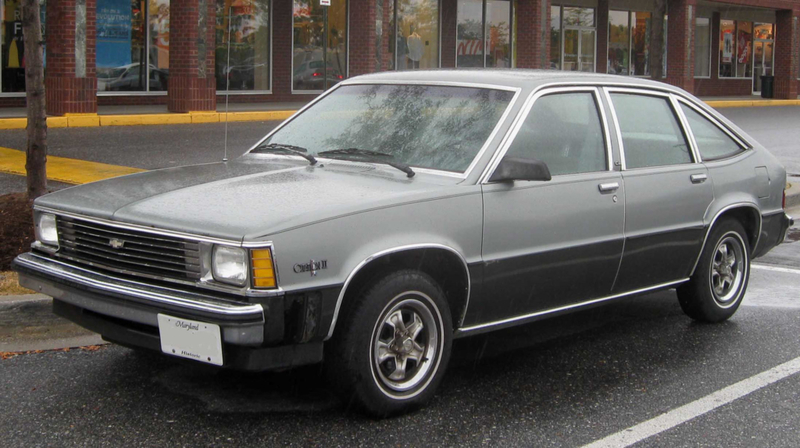
The car’s build was disastrous, and very ugly, causing sales to drop dramatically after just the first year. The Citation managed to stay in production until 1985, until they finally, and thankfully, discontinued it.
1995 Oldsmobile Aurora
The 1995 Aurora was Oldsmobile’s failed attempt at saving the brand, and the company certainly put up a decent fight. The Aurora had a unique look and build, and a special 4.0-liter V8 engine that certainly made it sound like a great purchase. Oldsmobile launched one hell of an ad campaign, and consumers were super excited. Unfortunately, Oldsmobile lost the fight.
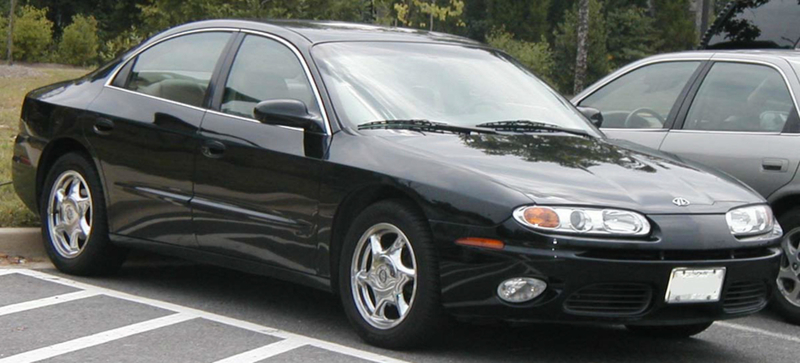
The Aurora was just looks and specs, but in reality, it was just a regular car that was way too expensive for what it actually was. Oldsmobile tried to release a redesigned Aurora in 2001, but they also failed miserably, and the company completely collapsed in 2004.
1998 Ford Contour SVT
The 1998 Ford Contour SVT was Ford’s attempt at replacing their Tempo model in the United States market. Although the Contour wasn’t a bad car, its very small size and considerably high price tag tanked its sales.
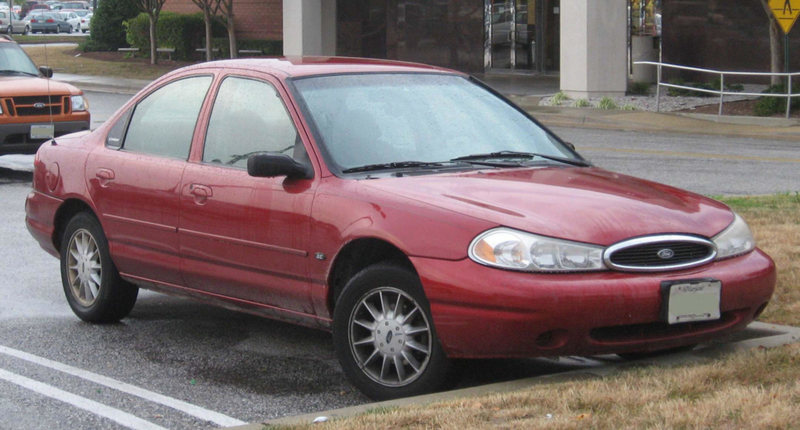
The Contour was long gone by 2000, and Ford had to come up with new ideas to impress their consumers.
2001 Volkswagen Phaeton
The German car manufacturer hit it big in the 2000s when its chairman decided to enter the U.S. market. Volkswagen would take the country by storm, and when it released the 2001 Phaeton, people couldn’t wait to drive it. It was a great piece of machinery, but it had one problem – it was way too similar to the Volkswagen Audi A8, and far more expensive.
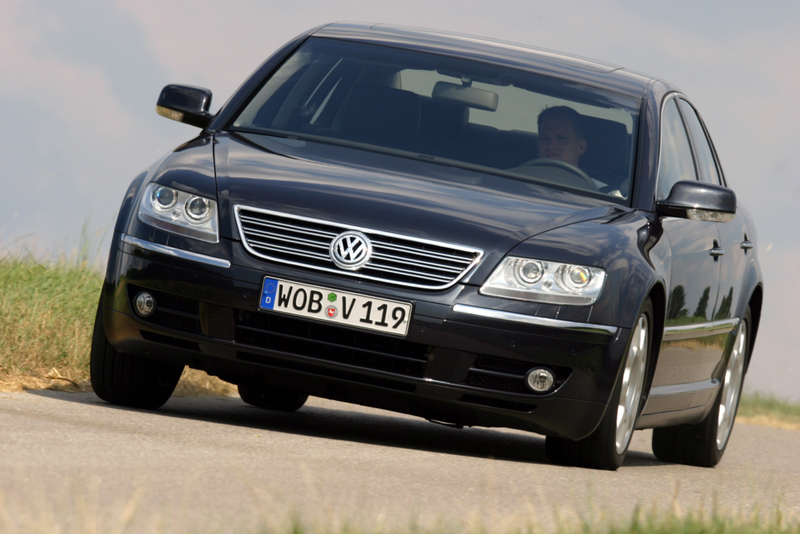
Not surprisingly, Americans weren’t willing to spend over $100K on a car back in the 2000s, and the vehicle tanked. The Phaeton was eventually discontinued.
2002 Lincoln Blackwood
The 2002 Lincoln Blackwood was one of the first luxury trucks to offer a wonderful interior and demand and a high price tag of $52,000. At first, consumers were shocked at the price, and stunned in general, when Ford announced it was releasing the Lincoln Blackwood.
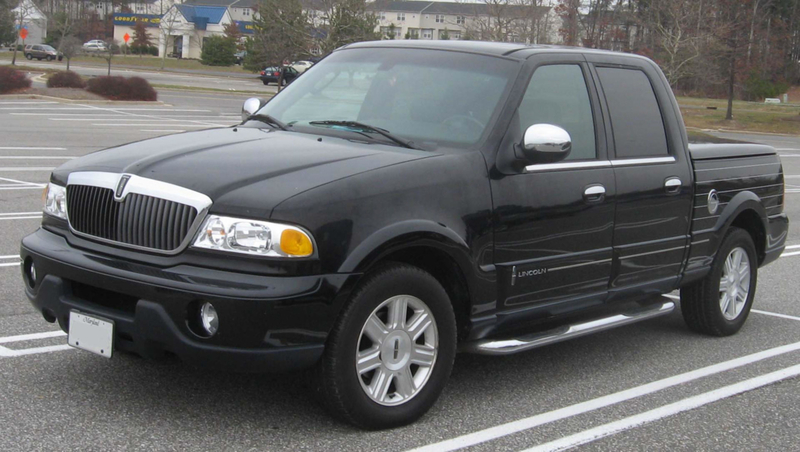
Unfortunately, trucks and luxury don’t go too well together, and the car was discontinued after a year. Ford tried again with the Lincoln Mark LT in 2006, but it was another failed attempt.
2011 Chevrolet Avalanche
Consumers around the country, especially pickup truck aficionados, were extremely excited when Chevrolet announced its new pickup truck – the 2011 Avalanche. Unfortunately, the hype was short-lived, and the car was discontinued just two years later in 2013. Why? Mainly because the car had terrible speedometer issues that meant people were constantly being pulled over because the car monitor was showing the wrong speed.
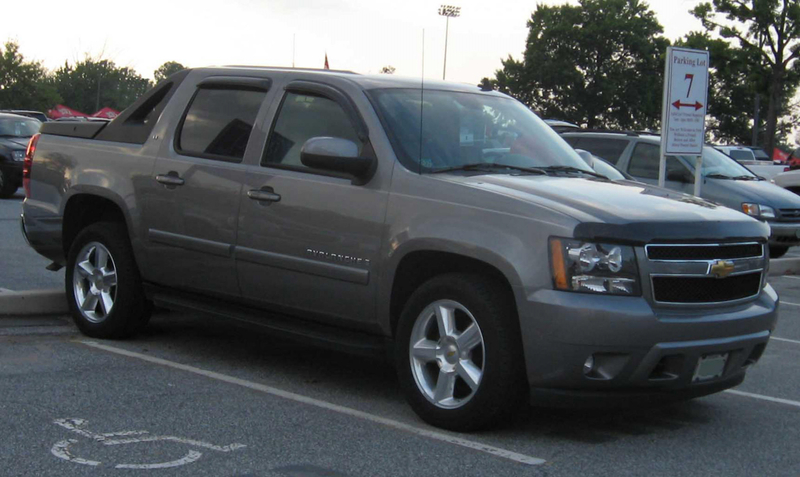
As if getting drivers fined with speeding tickets wasn’t enough, the Avalanche also had transmission failures and consumed gas like water. Chevrolet decided it made more sense to just let the Avalanche go and start from scratch.

These Things Fit Together Perfectly And It’s Super Satisfying

More Fumbles and Fails Fit for the News
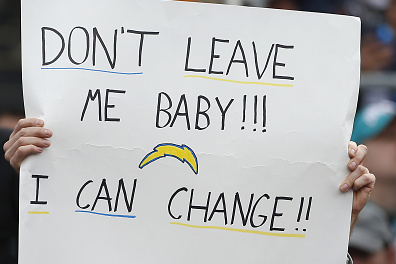
The Best Sports Fan Signs in History!

Check Out These Hilarious Notes From Annoyed Neighbors

These Stars Have Soap Operas to Thank for Their Careers

Where Did They All Go? The Stars of the Eighties

The Golden Raspberry Awards: The Worst Movies of the 80s, 90s and 2000s

These Are the Richest Soap Opera Stars

Goldie Hawn’s & Kurt Russell Unexpected Confession

Watch Out for This: What Are the Baywatch Stars Doing Today?



